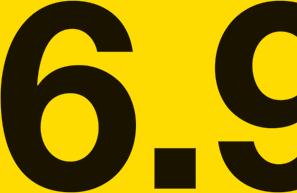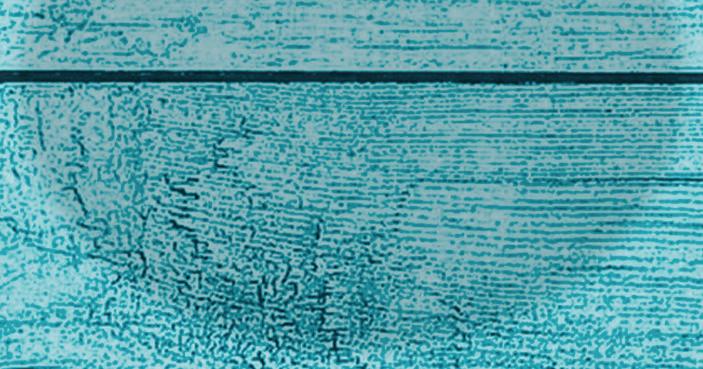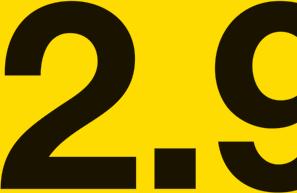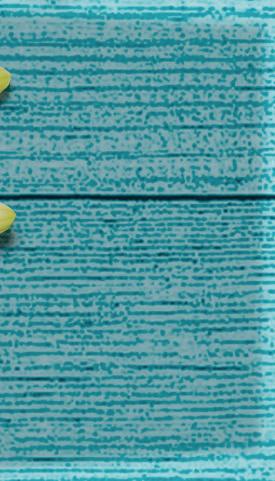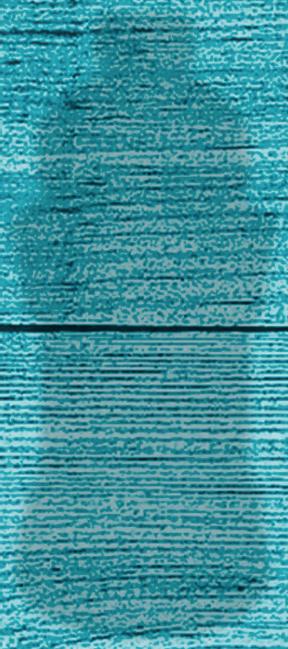PASSOVERPALOOZA | 11
PESACH BODY & SOUL
A week of Passover eating doesn’t have to be dreary. Plenty of tasty, healthy recipes inside.


PASSOVERPALOOZA | 11
A week of Passover eating doesn’t have to be dreary. Plenty of tasty, healthy recipes inside.


Benjamin Netanyahu won his fifth term as the prime minister of Israel last week, and reactions have been mixed, both locally and nationally.
Rabbi Reuven Mann was actually in Israel as the election unfolded. The founder of Congregation Torat Emet in Phoenix was pleased with Netanyahu’s victory, and believes that “Bibi” will be able to guide Israel through stormy waters.
“The biggest threat is that which is posed by a nuclear Iran, but Israel must also be concerned about the terrorist organizations such as Hamas and Hezbollah, which are always prone to launch missiles that cause serious harm to civilians and must be contained,” Mann said. “Netanyahu is far from perfect, but he is an experienced hand at dealing with these kind of issues and very seasoned in dealing with the leaders of the world’s major powers such as President Trump and Putin.”
Rabbi Shmuly Yanklowitz, president and dean of Valley Beit Midrash, believes that no matter what, ideology should not divide the local community.
“However we feel about the results, the consequences of the Israeli election don’t negate our Jewish commitment to seeking peace and justice throughout the world,” he said. “It is imperative that the local Jewish community not fall into the myopic trap of

SEE VICTORY, PAGE 2
Taking a look at a couple of trends: so-called “bark mitzvahs,” for man’s best friend, and the unaffiliated DIY-mitzvah.


Kosher food bank Ezras Cholim of Phoenix is working around the clock to provide enough food for the Passover season.
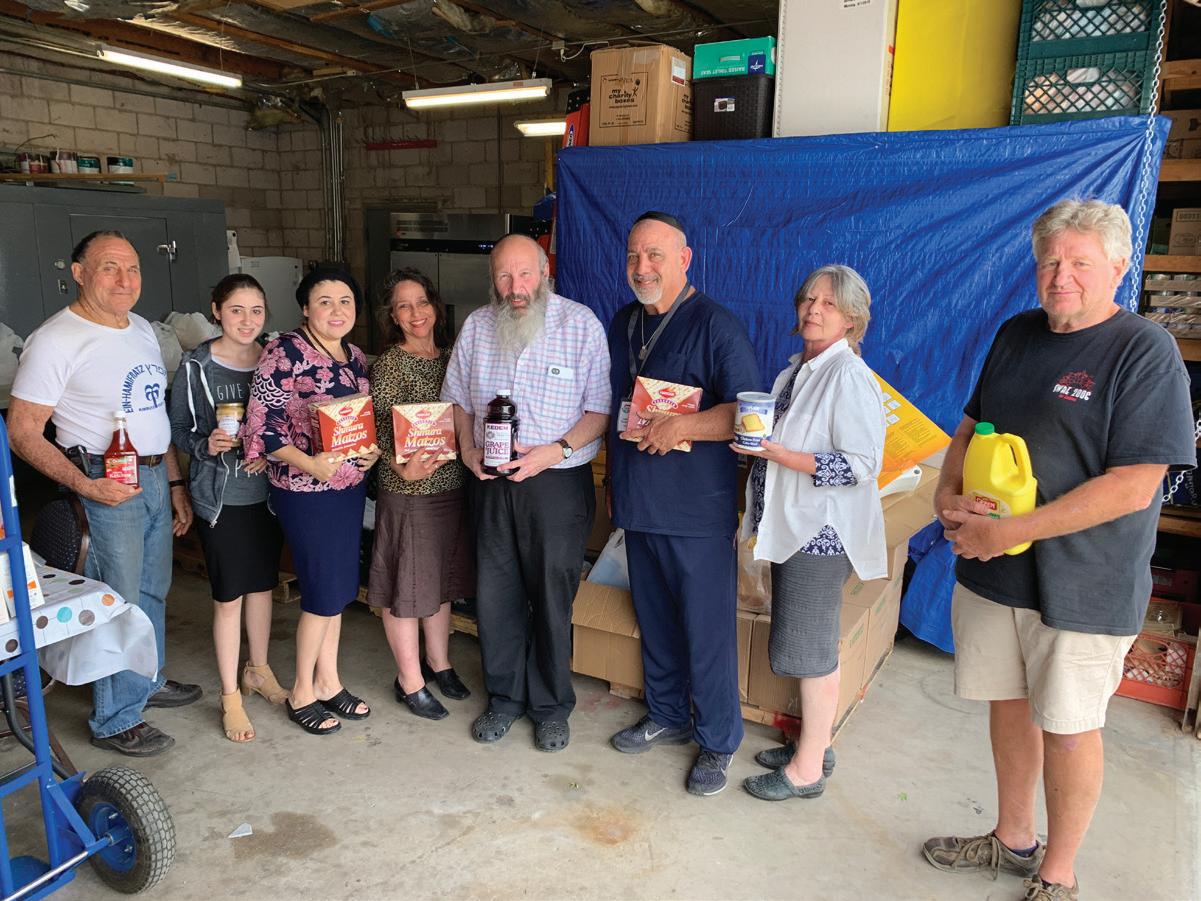
Julia Almoslino, the bank’s volunteer food coordinator, said she expects Ezras Cholim to receive about 1,000 families to visit its new facility.
“There’s always an increase of families around holidays,” Almoslino said. “Specifically
Sometimes it can be hard to trust your own instincts when it comes to decor. You might like a couch or a wall hanging, but is it right for the room? Does it work with the rest of your stuff? Is it au courant? Interior designer Barbara Kaplan writes in this issue about identifying what brings you joy so that your home reflects your personality. Even an item as small as a dish towel can make you feel the space is yours. Read more on p. 27.
 NICK ENQUIST | STAFF WRITER
NICK ENQUIST | STAFF WRITER
There are times when you need a little help finding the right legal form for your situation. At MyLegalEdge, we offer quality legal forms to give you the helping hand you need for your business and personal needs.
Our legal form selections include: estate planning, contracts, real estate forms, and many more. Visit our website at www. mylegaledge.com or email us at staff@mylegaledge.com
VICTORY
CONTINUED FROM PAGE 1
divisive partisanship. Klal Yisrael than that.”
Rabbi Jeremy Schneider of Temple Kol Ami had some concerns about the election, but didn’t want to feel discouraged about Israel’s politics, especially with Passover right around the corner.
“I am feeling the challenging connection that many Diaspora Jews may be feeling after the Israeli elections,” Schneider said. “However, we, as Diaspora Jews, should internalize the concept that Israelis went to free and fair elections and elected the party and its leader that spoke to them. I am proud of our little democracy. As the sign on the Bereisheet space shuttle read as it took a selfie just over the moon: ‘Israel: Small Country Big Dreams.’”
A number of national organizations echoed Schneider’s words in their own reactions.
American Jewish Committee CEO David Harris said, “The ultimate winner of Israel’s democratic elections is freedom itself. The freedom to cast a ballot. The freedom to select from literally dozens of political choices. The freedom to support the new leaders or peacefully oppose them.”


AIPAC tweeted, “Once again, Israel has demonstrated through the ballot box that it is a vibrant democracy with a
wide diversity of views and robust citizen involvement.”
Nathan Diament, the executive director of the Orthodox Union Advocacy Center, tweeted, “American politicians and pundits, organizational leaders and activists should recognize and appreciate that Israel just held a free, fair and hardfought election and that this democratic process yielded a result that should be respected.”
The Union for Reform Judaism was less sanguine. “We have deep concern that the new government will deepen the discrimination against the nonOrthodox streams of Judaism, continue to undermine the democratic values and
institutions of Israel, and discriminate against Arab citizens of Israel,” the URJ said in a statement. “We are especially concerned by the statements made by Prime Minister Netanyahu on the eve of the election calling for annexation of the West Bank Jewish settlements, a unilateral move that would make a two-state solution impossible and render the Jewish democratic State untenable.”
Susie Gelman, the board chair for the liberal Israel Policy Forum, agreed, saying, “Any form of annexation would kill the two-state solution.... It’s no exaggeration to say this is a very serious development.”
The Jewish Democratic Council of America tweeted “Israeli voters have spoken and we respect their decision, but we cannot ignore that Trump put his thumb on the scale to influence Israel’s election. We reject his intervention in the strongest terms, just as we reject interference in our own election.”
Whatever the point of view, Yanklowitz hopes local Jews will unite around common principles rather than be divided.
“What we need to do, regardless of our individual politics,” he said, “is come together and strengthen our community’s commitment to mitzvot, a stronger Israel, and actualizing our unique and collective potentials.” JN
OFFICE HOURS
8 a.m.-5 p.m. Monday-Thursday 8 a.m.-12:30 p.m. Friday
DEADLINES
| www.jewishaz.com
PUBLISHER | Jewish Community Foundation of Greater Phoenix
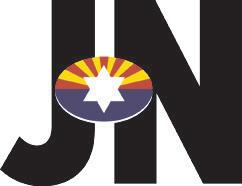

EDITORIAL DIRECTOR | Liz Spikol
STAFF WRITER | Nicholas Enquist
CONTRIBUTORS | Joel Zolondek
ADVERTISING SALES CONSULTANTS | Jodi Lipson

CIRCULATION | Bill Sims
PRODUCTION COORDINATOR | Cheyenne Bass
EDITORIAL: Noon, Tuesday 9 days prior to publication
ADVERTISING: 11 a.m., Friday 3 days prior to publication
Jaime Roberts, Publisher | 2013-2016
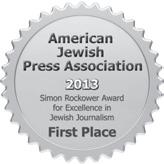
Florence Newmark Eckstein, Publisher | 1981-2013
Cecil Newmark, Publisher | 1961-1981
Pearl Newmark, Editor | 1961-1981
M.B. Goldman, Jr., Founder | 1948-1961
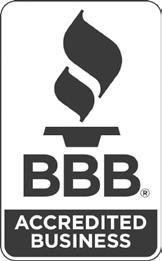
Passover, because it’s a much more expensive holiday than any of the other holidays due to the amount of food families need.”

She added that since moving to its new
about asking for food here, but we will accommodate everyone who walks in,” Friedman said. “It’s very important to me that they keep their privacy and we’ll always be there for them.”
The nonprofit has also worked to help those who need it get back on their feet.
Before beginning his work at the food pantry, Wechsler — who is Jewish and has lived in the Valley for 35 years — was
eral freezers. The kosher pantry has nearly a dozen volunteers and offers everything from meats to produce to snack food.
Some 160 families rely on the food pantry for support on a weekly basis.
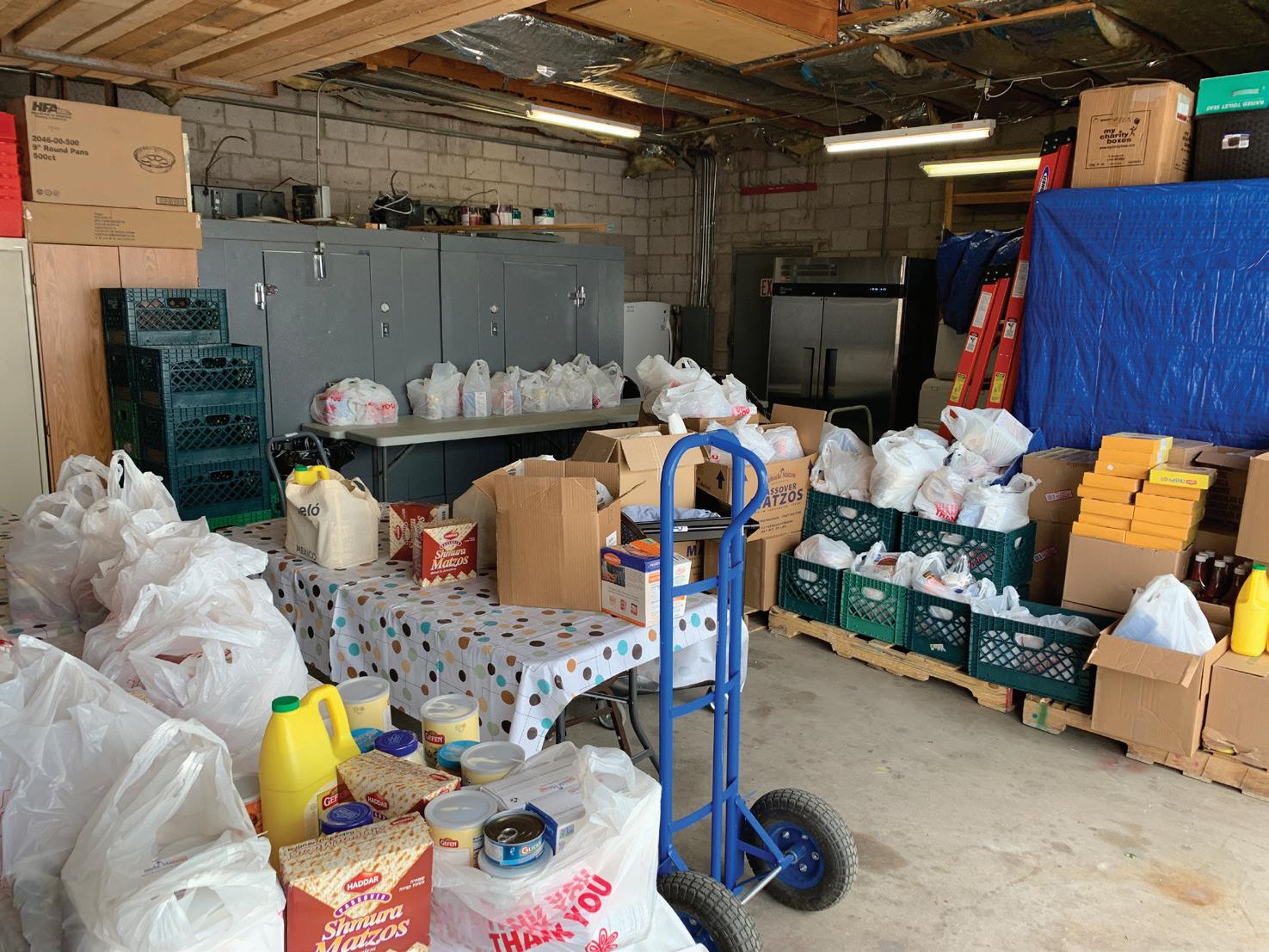
The nonprofit began in 2015 to serve the needs of people facing illness in the Greater Phoenix Jewish community. In 2017, Ezras Cholim was asked to operate a Sabbath pantry aiding the sick and needy. It launched the kosher food pantry in 2018, which is part of a national foodpantry network called Feeding America.










Yecheskel Friedman, co-founder and president of Ezras Cholim, said the pantry wants to supply the clientele with what it needs.
“The volunteers will deliver the food if they need to,” Friedman said. “And if they don’t have any ability to cook, we’ll cook it here for them.”
The nonprofit also offers hospital visits, advocacy for patients to provide medical support and rehab support. Friedman said that they’ve also provided food for migrant families and visiting families.
Regardless of where anyone comes from, Friedman said they are welcome to use the food pantry.
“Some people in the area are very shy

without a job and without a home. Ezras Cholim gave him a place to stay and work to do as a volunteer.
“I was in a bad place and I didn’t know what I was doing,” Wechsler said. “It wasn’t until a friend of mine told me about this place. I came in during the beginning of February and even though it’s been about 10 weeks, it feels like I’ve been here for years.”
Friedman learned to help those in need as a child in New York City. He said that in his school there were many students from Europe whose families couldn’t afford lunch.
“My mother would always ask my brother why I was always hungry after school,” Friedman said. “And he told her that I would be giving my lunches to those who couldn’t afford them.”
Now, at Ezras Cholim, there are plenty of lunches available -- and more.

“When people come in, they’re here because they’re in a part of their life where they need help,” Almoslino said. “There is enough people who show their appreciation that are thankful and grateful, and we see how we’re helping and so that’s a motivator to want to continue what you’re doing.” JN
Jewish Family & Children’s Service deeply mourns the loss of our former Executive Director, Adrien Shalowitz Herzberg. During Adrien’s career, JFCS emerged as an innovative leader in behavioral health and social services, earning state and national recognition that continues to this day.
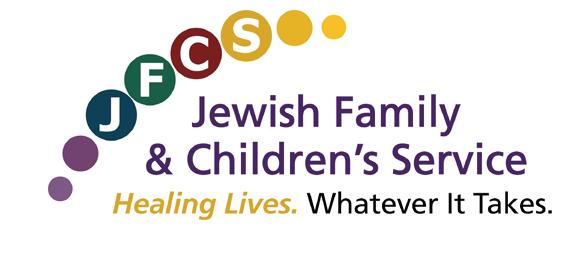
Adrien’s legacy endures at JFCS. Her leadership provided the vision that supports the care and healing of over 40,000 lives in our community. Adrien’s memory will forever be a blessing to us all.
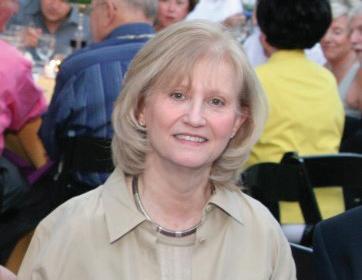

According to a 2014 poll conducted by the Washington Post, America’s No. 1 fear is public speaking.
It’s not hard to understand why it terrifies most people. Conveying a proper message to an audience is intimidating, and a muddled speech can sabotage an organization’s good intentions.
But the Jewish Family & Children’s Service (JFCS) is serious about getting its message across through effectively told stories, and that’s why they’ve started the JFCS speakers bureau. The newly launched bureau provides access to engaging speakers who will offer informative presentations designed to prompt discussion on health and social service issues impacting the community.
The speakers bureau will offer presentations that support the organization’s mission to “repair the world and build communities through acts of kindness and doing what’s right.” The presentations will provide an overview of JFCS’ many programs, including older adult services, Jewish community services and child and family solutions. These presentations can be customized for any group size and are available to businesses and community organizations.
Jody Goldman, JFCS volunteer coordinator, said the speakers bureau presentations will be a great way for organizations throughout the Valley to learn about the important work JFCS does.
“We are often called to provide a speaker for a community group or organization,” Goldman said. “By formally launching the speakers bureau, we now have knowledgeable volunteer speakers well-versed in topics such as wellness and aging, social and behavioral health services, and addiction and recovery, available to speak throughout the Valley. ”
Goldman said the idea for the bureau came from the former vice president of philanthropic services, Frank Jacobson. He often spoke at different organizations and synagogues about JFCS and found that there were many people who didn’t know much about it. So he pitched the idea of getting volunteer speakers to talk about the organization more formally.

So far, the JFCS speakers bureau has five speakers who hail from all over the Valley. All of them have had professional public speaking experience. They also went through a two-day course with JFCS in November 2018 to learn how to present the various programs and benefits of the nonprofit.
For one of the speakers, Carolyn Perlow, the key to being a great public speaker is passion.
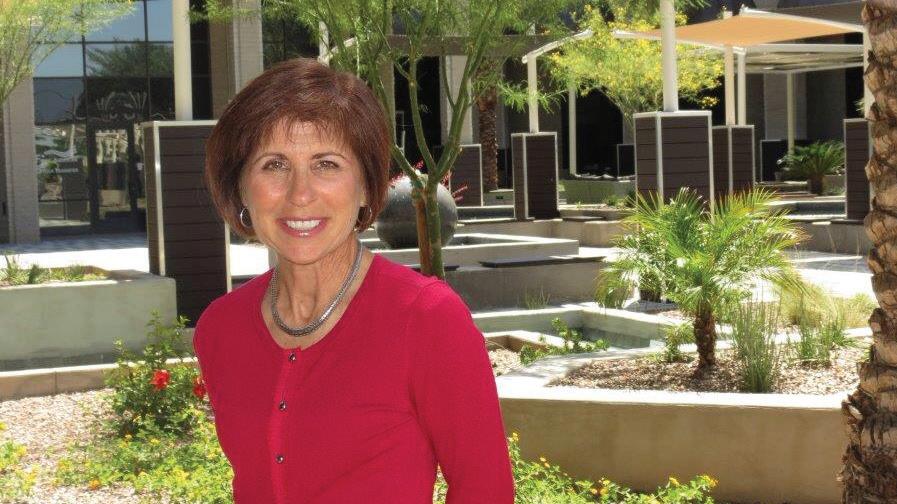
“Whatever energy you’re giving to anything is stimulated by your feelings about it,” Perlow said. “I was very happy to get involved with JFCS because I have a true passion for the organization. They do so many wonderful things for so many people, and I feel it’s a gift for me when I can participate in it.”
Perlow is the owner of the event planning company Eventmakers. Despite a long career as a public speaker, she found she still had more to learn -- like how to create an effective PowerPoint presentation. During the speakers bureau training, all the volunteers had to design PowerPoint presentations about a JFCS program. Perlow did hers on the Just 3 Things food pantry, which supports youth
who are transitioning from foster care to independent living.
Since completing the training, Perlow has spoken at numerous events around the Valley. One of her first presentations was at Pardes Jewish Day School. Understanding the audience was key to leaving a strong impression, she said.
“We spoke just very briefly to the school about what JFCS does for the community, but we also had some activities for them,” Perlow said. “We created a bingo game that related to food, and as we pulled the cards we talked about how important this is nutritionally and how some people don’t have access to this.”
She hopes the students learned something new and will be encouraged later to donate.
Goldman appreciates having such dedicated speakers who can represent JFCS in the community.
“It helps create awareness in the community for people who don’t have food or need mental health services or are trying to flee a domestic violence situation,” Goldman said. “The more we can make people aware of these services that we provide, the more we can help.”
NICK ENQUIST | STAFF WRITER
Jewish overnight camp offers children countless opportunities to find their roots and connect with other Jewish kids. But even though many in the Jewish community consider summer camp a rite of passage, the tuition costs can be a hurdle for some families.
how it helped her develop long-lasting friendships and leadership skills. She also wrote that her experience at Camp Stein helped her renew her spirituality and create a stronger connection to God.
One of her favorite memories from last year’s stay at Camp Stein was competing in the camp Maccabiah games. Although her team did not win, Hurd said the experience offered great lessons in the benefits of teamwork.
“Most of all, the memories made and ‘family’ bond is what makes Camp my second home,” Hurd wrote in her essay. “From being welcomed off the bus with a tunnel made by arms of smiling counselors, to doing the Pinecone Ceremony with my unit around the campfire, I gained a relationship with everyone that is different from my school friends, and I know will last forever.”
That’s what inspired philanthropists
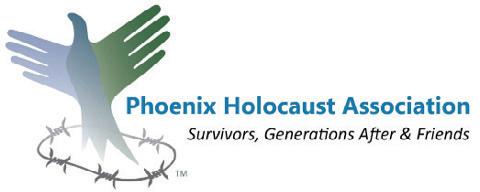
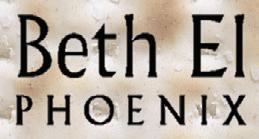
Matt Cohen and Dedrie Polakof Cohen to create a new opportunity for Temple Chai religious school students. The annual Dr. Dedrie Polakof Cohen Essay Contest awards a $4,000 prize to be used towards a summer at a Jewish camp of the winner’s choice.

Marissa Hurd, 14, a student at Explorer Middle School in Desert Ridge, won the first essay contest. She will use the money to go to Camp Stein in Yavapai County, Arizona, in July for 26 days.
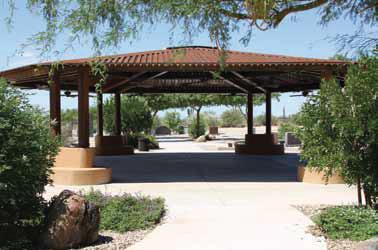
“I’m very honored to have received the Dr. Dedrie Polakof Cohen Prize that ensures I can create many more camp memories and friendships this summer,” Hurd said in a prepared statement.
Hurd’s essay was one of 30 entries tasked with answering the following questions: Why do you want to go to camp? How would camp support you in developing Jewish identity and leadership? What impact might this prize have on you, your family and your community?

In her essay, Hurd discussed how camp has been a tradition in her family and
“I’m so proud that Marissa’s passion for Camp Stein and her Jewish identity was reflected in her essay submission, and grateful to Dedrie and Matt Cohen for their generous camp scholarship,” said Marissa’s mother, Beth Hurd.
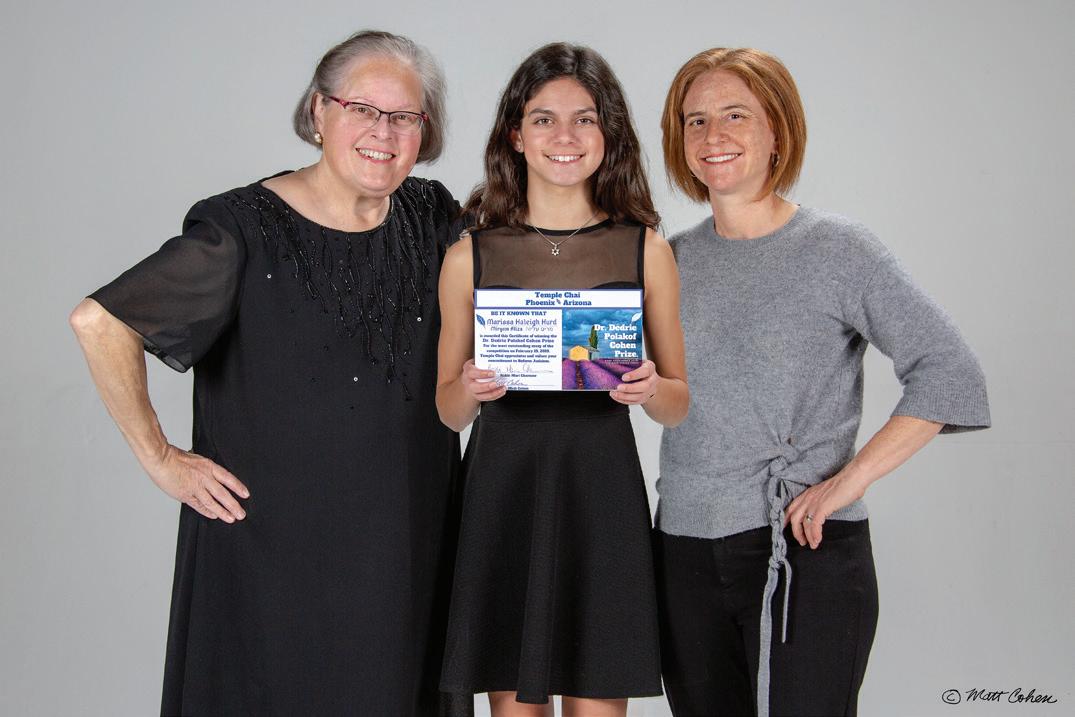

Beth, who works as an educator at Temple Chai’s Early Childhood Center, said that the tuition costs for Camp Stein — for a student entering high school — is $5,229 for a four-weeklong camp visit. Without the scholarship from the essay contest, paying for the tuition would have been difficult.
Matt Cohen said the contest judges felt Marissa’s essay stood out because of its depth and clarity.
The prize is named after Cohen’s wife, he said, because “my wife’s agreement to marry me is the greatest honor of my life. I wanted to recognize that and my wife’s sense of kindness and humility and contributions to the community.”
“Matt and Dedrie Cohen are passionate about the Jewish future. They are aware of the profound impact of Jewish camping on identity,” said Rabbi Mari Chernow of Temple Chai. “With deep generosity, they plan to send kids to Jewish camp, now and long into the future.” JN
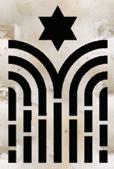

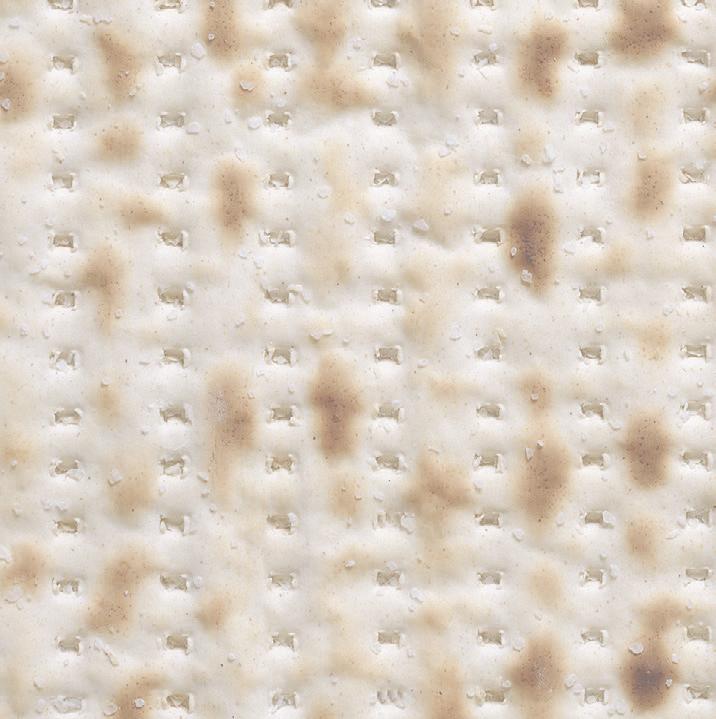
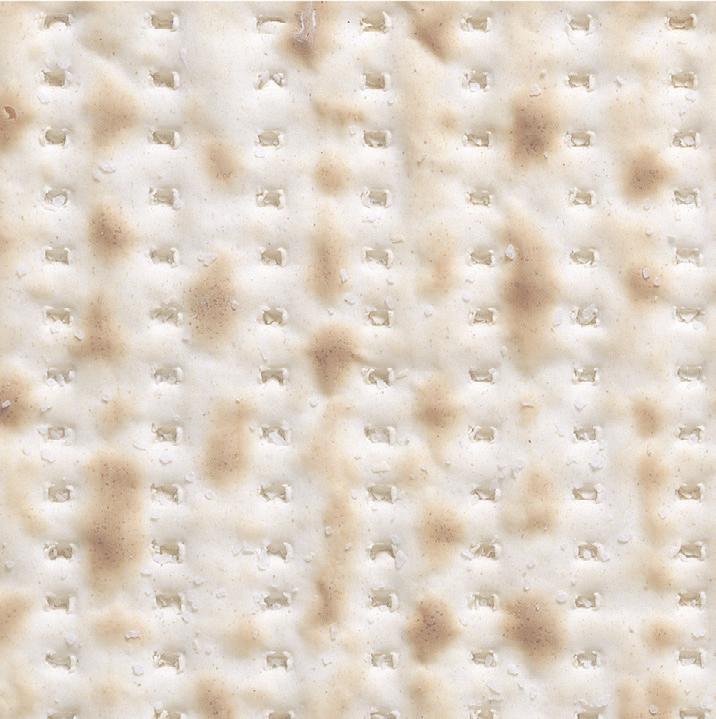
Airbnb reverses policy on West Bank listings
Airbnb no longer will remove West Bank settlement listings from its website as part of a court settlement, JTA reported. The settlement on April 8 was forged between numerous American Jewish plaintiffs and the vacation rental company and reverses a 2018 Airbnb policy announcement.
“All listings for accommodations located in the Affected Region will at all times be permitted on its platform, subject to applicable laws, rules, and regulations,” the court settlement reads.
Airbnb has said in November that it was removing 200 West Bank listing because the settlements “are at the core of the dispute between Israelis and Palestinians,” although it never did remove them.
Study: Most Jewish grandparents committed to transmitting Jewish values
In news that probably qualifies as unsurprising, the first-ever national study of Jewish grandparents concludes that most are committed to transmitting
Jewish values, JNS.org reported.
The study of nearly 8,000 people was commissioned by the Jewish Grandparents Network, which partnered with 17 national organizations and Jewish Federations. Five segments of Jewish grandparents were identified. About 20 percent are “joyful transmitters,” who believe in transmitting Jewish values and beliefs, while 16 percent are “faithful transmitters” who want their grandkids to marry Jews. Another 23 percent are “engaged secularists” who are involved with the grandchildren, but don’t model Jewish involvement, and 20 percent are “wistful outsiders,” whose involvement is hindered by family dynamics.
The final 20 percent are “non-transmitters” who aren’t Jewishly engaged.
Florida governor to visit Israel Florida Gov. Ron DeSantis will visit Israel in May — his first international trip in office, JNS.org reported.
“I promised to be the most pro-Israel governor in America, and that the first delegation I would lead would be to the
state of Israel,” DeSantis said. “I’m pleased to report that I’m keeping that promise.”
Israeli spacecraft crashes onto moon
The Israeli Beresheet spacecraft crashed onto the moon on April 11, ending a disappointing sequence that saw the main engine cut off before being restarted — but communications were cut off, The New York Times reported.
“Well we didn’t make it, but we definitely tried,” said Morris Kahn, a president of SpaceIL, the Israeli nonprofit that undertook the mission. “I think we can be proud.”
Israel was aiming to be the fourth country to land on the moon. Beresheet was a $100 million joint project between SpaceIL and Israel Aerospace Industries. It launched Feb. 22 from Cape Canaveral, Florida, and repeatedly orbited the Earth. It moved into lunar orbit on April 4 after being captured by the moon’s gravity, BBC.com reported.
Once on the moon, Beresheet was going to take photos with high-resolution
cameras then measure the magnetic field of Mare Serenitatis, the area where it landed.
Prime Minister Benjamin Netanyahu said other attempts at a moon landing were likely to follow.
Between 2015 and 2017, foreign investment in Israel increased from under $100 billion to $129.1 billion, according to an April 7 report from the Central Bureau of Statistics, JNS.org reported.
The biggest chunk came from the United States ($21.1 billion), which was followed by the Netherlands, the Cayman Islands, Canada, China, Luxembourg, Singapore and Switzerland.
About 60 percent of that investment in 2017 went to the trade and services field, with the rest divided between high-tech, industry and advanced technologies.
Statistics also showed that Israelis abroad were increasing investments outside the country — $100.3 billion went into foreign ventures, about two-thirds of that into industry. JN
To be sure, we’re proud of our more than 30 years of experience in senior living. But, to us, what really matters is your experience at our communities. We do everything with that idea clearly in mind. So, go ahead, enjoy yourself with great social opportunities and amenities. Savor fine dining every day. And feel assured that assisted living services are always available if needed. We invite you to experience Maravilla Scottsdale for yourself at a complimentary lunch and tour. Please call 480.447.2381 to schedule.
Enjoy delicious refreshments & appetizers and learn more about the engaging lifestyle offered at Maravilla Scottsdale. To RSVP, please call 480.447.2381.

It is ironic that for a contest whose results promise more of the same, the balloting numbers in Israel’s election last week suggest a potential break with the past.
Israel may be moving toward a more stable, large-party system, rather than the fragmented multiparty structure that has been the country’s confusing reality since its founding. About 60 percent of the recent vote (70 of 120 seats in the Knesset) went to two large parties — Prime Minister Benjamin Netanyahu’s right-wing Likud Party and Benny Gantz’s centrist Blue and White Party. This suggests that while Netanyahu may have a stronger bargaining position in forming a governing coalition, Gantz has the opportunity to lead a united and strong opposition — if the first-time politician has the skill to do so.
Voter turnout declined. Reports indicate voter participation was down 4 percent from the last election, and could continue a trend. Although the decline was mostly across the board, it was strongest within the Arab voting bloc — with only 45 to 50 percent voting, down from 60 percent or more in previous elections. Just how much of that drop was prompted by the Likud placing 1,200 hidden cameras at Arab polling sites, as a settler leader boasted on Facebook, could be the subject of an investigation by Israel’s attorney general.
As expected, the high-participating haredi Orthodox community gave the overwhelming majority of its votes to haredi parties. These non-Zionist parties, led by Sephardi Shas and Ashkenazi United Torah Judaism — growing powers in numbers and influence — are major players in coalition negotiations, who are described by Netanyahu as his “natural” allies.
From the perspective of the majority of Diaspora Jewry, there is concern that Israel’s haredi parties are a “problem” on issues of concern, such as: the right of non-Orthodox Jews to prayer alternatives at the Kotel, the authority of Diaspora rabbis to have conversions they perform accepted in Israel, and the authority and reach of the haredi-controlled Chief Rabbinate, among other sensitive religion-and-state issues. No one is predicting a change in policy on these issues in the next government, and there are fears that the rabbinate’s stranglehold on personal status issues and religious observance guidelines could be tightened. We are concerned.
At a time of heightened focus on support for Israel in the Democratic Party, particularly in the run-up to the 2020 elections, the issue of Diaspora-Israel relations is very important.
The vast majority of American Jews care deeply about Israel, support a two-state solution, are troubled by the campaign-driven threat of unilateral annexation of large portions of the West Bank, support religious pluralism, and want to be welcome and respected in their Jewish homeland.
While Israeli voters are unquestionably entitled to a government of their choosing, coalition negotiations can be messy. We hope that in that negotiation process Netanyahu keeps some focus on the needs and sensitivities of the segment of the Jewish world that has been and remains so crucial to Israel’s growth and success. JN
Letters must be 200 words or less and include the writer’s full name, address and phone number or email address. Letters are edited for content, style and space. Send your letters to Editor, Jewish News, 12701 N. Scottsdale Road., Suite 206, Scottsdale, AZ 85254; email letters@jewishaz.com.

What is it about sanctuary cities that has prompted such heated exchanges between supporters and opponents, and why is President Donald Trump threatening to send detained immigrants to sanctuary cities represented by Democrats? Are the two sides engaged in a legitimate debate, or is this more of the cringeworthy, bare-knuckle political fighting that we have seen festering over the past several years, moving to yet another major showdown in the 2020 elections?
As one might expect, the answer appears to be that the debate has elements of reasonable and genuine political and policy differences, while also serving to enable both sides to make a lot of noise as they pander to their political bases.
The concept of sanctuary derives from the historical imperative of providing hospitality to the stranger who is in trouble. In biblical times, a person who committed accidental murder could flee to a sanctu ary city to live in safety, and free from retribution – albeit separated from the commu nity. Similar protections have been enacted by communities around the world for centuries.
The sanctuary movement that is at the center of the current debate began in the late 1980s, when certain religious organizations began helping undocumented families fleeing Central American violence to settle in the United States, in direct defiance of U.S. immigration policy. Proponents of the sanctuary effort argue that it helps foster good relations between undocumented immigrant communities and law enforcement, that sanctuary policies are legal and are protected by the 10th Amendment to the U.S. Constitution (which provides for the separation of federal and state powers), and that undocumented immigrants need protection from unjust federal deportation policies that indiscriminately target law abiding immigrants, separate families, and cause people to live in constant fear of deportation. Those opposed to the movement argue with equal force that sanctuary cities harbor criminals and create
has tried to compel states and cities to enforce federal immigration law by, among other things, trying to withhold federal law enforcement assistance grants to sanctuary cities that refuse to cooperate. But at least 10 different federal courts have declared the proposed sanctions to be unlawful, making clear that the withholding of those funds cannot be done without an act of Congress.
Shortly after an adverse court ruling last week, President Trump tweeted confirmation of a news report that the White House wants to send detained immigrants to sanctuary cities represented by Democrats. His theory seems to be that since many Democrats are proponents of sanctuary cities, their districts should be flooded with undocumented immigrants. Offended politicians and social activists shot back with moral outrage, and promised defiance.
The proposed further victimization of defenseless immigrants may score rhetorical points with elements of the president’s base, but piecemeal threats are no substitute for the comprehensive immigration plan that is needed. We urge the administration to focus on
Passover is the big Jewish community event each year.
Yes, there is also the gathering at the break the fast at Yom Kippur, and there are gatherings under the sukkah and other gatherings here and there throughout the year. But the Passover meal is a time of family and communal gathering like no other in the Jewish calendar. Emails fly. Invitations abound. One feels in or out.
I am one of the Jews who feels “out.” And I know I’m not the only one.
I have lived in Philadelphia since 1975 and have held numerous seders at my house over the years, gathering dispersed Jews and non-Jews to my table each year. And each year I wonder why I have not been invited to someone’s first night.
It is true that for a period of time my mother-in-law invited us, but that stopped quite a while ago. Inviting people each year is no easy process and each year my feeling of despair has deepened. Each year, I wonder why no one has invited us? Why are we not a part of a regular group of friends? What are we doing wrong? Is there something wrong with us?
This experience reinforces my feeling of outsider-ness which I carry inside of me anyway.
I am a first generation American Jew. I grew up in a family where our Jewishness was a key part of our identity and yet we were pretty alone in our neighborhood, our schools and our life. There were no other Jewish kids at my elementary school, and our neighbors were Protestant and Catholic. My two sisters and I were daughters of two people who had survived the Holocaust, each in their own way and for whom being Jewish was not an easy relationship.
Our home was decidedly Jewish. There was intellectual inquiry, curiosity and openness to the world, “a wandering Jew” quality, artistic creativity, reflection, reading, and much recollecting about the Holocaust on my mother’s part-mostly about her life in France, about leaving France which she loved and which she had not wanted to leave. Yet we did not belong to a synagogue nor did we children know about most of the Jewish holidays.
I could say that we were basically divorced from Jewish community, having
only friends who were Jewish who lived here and there across our city. And, yet, there was this feeling of identity and connection. As Freud wrote to his fiancee, Martha Bernays, “And as for us, this is what I believe: even if the form wherein the old Jews were happy no longer offer us any shelter, something of the core, of the essence of this meaningful and lifeaffirming Judaism will not be absent from our home.”
So, here I am today. The identity of being Jewish is strong within me. I look like a Jew. I feel like a Jew. I can feel when other people around me are Jewish. And, I have joined two wonderful, progressive synagogues in an effort to be part of Jewish community.
But being a member has not helped me much, as I don’t feel that at home or seen in this environment. And, I have lots of Jewish friends. In fact, most of my friends are Jewish and this is not a joke. But at Passover, I feel like an outsider.
So, I wonder, how do I transcend this outsider-ness? How do I get invited by someone I like and am connected to? How can I remind them that I do not have family here and want to be a part
Israeli Prime Minister Benjamin Netanyahu won a decisive electoral victory at the polls despite tying with main rival Benny Gantz.While both the ruling Likud Party and challenging Blue and White Party are each scheduled to receive 35 mandates in the 21st Knesset, the results are not nearly as close as the figures would indicate.
For Netanyahu, who faces possible indictments for breach of trust in the coming year, the Israeli voting public gave the embattled 10-year prime minister an unequivocal endorsement. Likud received more mandates than during any previous
election in which Netanyahu has led the party — a stunning five-mandate increase over the party’s total in the 2015 election.
More Israelis than ever before voted conclusively to keep Netanyahu the nation’s leader. The 35-seat total indicates just how strongly the electorate feels that he is the best-positioned person to handle the extensive security, economic, socioreligious and geopolitical challenges facing Israel in 2019 and beyond.
Yet the story of these elections is not simply in the statistical dead heat between Likud and Blue and White. Rather, the real statistic that will send Gantz into the
opposition is the size of the Israeli voting blocs each larger party sits atop.
For Netanyahu, the block of rightwing and religious parties totals at least 65 mandates before the last votes are tallied. The left-wing block that would have clearly supported Gantz as prime minister, including the Labor and Meretz parties, only totaled 45 mandates. The 20-mandate gap between the two major voting blocs represents an unequivocal victory for Israel’s right-wing, making the actual results look much more like a landslide than a tie.
Each of the right-wing parties that
of their family, on a regular basis? And, most importantly to me, how can the community I am part of (my extended Jewish family) make me feel a part of it?
It is true that each synagogue is helping people who don’t have a place to go to join someone’s Seder and that is nice, but it doesn’t solve the puzzle for me as to why I am not already invited and part of someone’s seder.
Am I that different, having grown up as an unaffiliated, first generation Jew? Is it that friends simply don’t think about me or possibly think that I am so well-connected that I don’t need an invitation from them? Whatever it is, it is not fun. And, I know I’m not alone in my experience. A friend in Massachusetts wrote to me with some anxiety that she was “sort of moody all day … wondering what I would do for the holiday.”
So many of us yearn for acceptance in the Jewish community. I wonder what can be done to change the dynamics of this experience. JN
passed the electoral threshold, including the United Right national religious party, the Yisrael Beiteynu Russian-immigrant party, the center-right Kulanu party, the United Torah Judaism Ashkenazi religious party and the Shas Sephardic religious party, all indicated they would recommend Netanyahu as premier.
The remaining 10 mandates outside of the right- and left-wing blocks belong to the two Arab-Israeli parties. Since the foundation of the state, no Arab party has ever sat in a coalition government. In 2019, that remains no different. During
This week we begin the quintessentially Jewish holiday of Passover. That is because it is a holiday filled with food, friendship and family. Furthermore, the Passover Seder and the recounting of the story of the Exodus from Egypt reminds us of our humble beginnings, the epic story of our liberation and our ensuing journey towards the Promised Land. The transition of the Israelites from bondage to freedom was not an easy one. They needed to overcome their slave mentality and to come to terms with the fact that they were now the masters of their own fate. When one is a slave, there are no choices in life. You don’t choose when you awaken, when you sleep or what you eat. All of those choices are made for you. With freedom comes both responsibility and accountability, and not everyone is up to the task.
Even before the parting of the Red Sea, our ancestors were unsure as to what to do with their newfound freedom. There were those who regretted having left Egypt
and yearned to return to their miserable state of servitude because it provided them with a “slave’s sense” of security. Despite the fact that they were given the miraculous gift of manna each morning (except for Shabbat), they pined for the fish and meat that they had eaten in captivity, even though, according to legend, the manna would taste like anything that you wished. It has been said many times that it took longer to get Egypt out of the Jews than it took to get the Jews out of Egypt.
Exactly what does freedom mean to us? For some, it may mean a weekend getaway, spending time with loved ones or simply relaxing and reading a book by the pool.
As someone who recently retired from the pulpit rabbinate after 37 years, I have been giving this question a great deal
thought. What does freedom mean to me? And how can I best use my skills to find personal meaning while helping others along the way? It is far too easy to become a couch potato and binge-watch television shows on Netflix or Hulu, and I admit that I have done that on too many occasions.
Freedom means far more than not having a set schedule or fixed responsibilities. Ideally, we should not only be free from a mandatory routine. We should, rather, embrace activities that are meaningful to us as well as to others.
As a retired rabbi, I have tried, albeit imperfectly, to explore my freedom in different ways. For example, I have taught conversion classes (both privately and in classes). I have officiated at several life-cycle events like weddings, funerals and unveilings. I have been engaged to conduct High Holy Day services and have met some wonderful people along the way. As you read this article, I will be serving as the cruise rabbi on the Queen Mary 2 for Passover, traveling from
Southampton, U.K. to New York and back. And my greatest joy is that my wife, Debbi, and I moved to Ahwatukee to live close to our daughter, her husband and her children so that we could be present in their lives and help out as much as we can. I dare say that being on call as Bubbe and Zeide is the most satisfying job that we could ever imagine!
As we begin our observance of the Feast of Freedom, I am reminded of the teaching of the French philosopher Albert Camus, who wisely said: “Freedom is nothing but a chance to be better.” I wish you all a Chag Kasher V’Sameach, a happy and kosher Passover. And may each of us use this festival as a way to better ourselves. JN
VICTORY CONTINUED FROM PAGE 9
the campaigns, both Likud and Blue and White indicated that they would not turn to Arab parties to help form a government.
Even if the Arab parties would recommend Gantz to be prime minister without any intention of joining a Gantzled government, the right-wing block would still have a sizable 10-seat advantage.
One of the lies of the Israeli election cycle was that virtually all news outlets, except for JNS, included the projected Arab mandates within the left-wing block. This was done intentionally to give leftwing voters the sense that the election was closer than it was. According to almost all polls leading up to the election, Blue and White never had a mathematical chance to form a government. Their only hope would have been a sizable electoral victory over the Likud and the defection of right-wing parties towards a left-right unity government.
The formation of Blue and White was
an attempt among multiple parties in a scattered center-left who sat in opposition to Netanyahu’s previous governing coalition to join forces in an attempt to defeat the prime minister.
Time will tell whether Blue and White will stay together or collapse like other one-and-done political creations in Israeli electoral history. Meanwhile, since Likud rose to power in 1977, it has been a rightwing mainstay and the most dominant force in Israeli politics.
None of the nine other parties received more than eight mandates. So even among the significantly larger right-wing bloc, more than half of the votes went directly to Netanyahu — a clear demonstration of the bloc’s confidence that the issue of who would emerge victorious as prime minister was more important than the ideological considerations of the smaller parties.
Furthermore, two parties to the right of Likud, including the New Right party of ministers Naftali Bennett and Ayelet Shaked, and the Zehut Party of Moshe
Feiglin, failed to pass the 3.25 percent electoral threshold that is equivalent to four Knesset mandates. Zehut received about 2 percent of the national vote. As such, while failing to cross the threshold, an extra four to five right-wing mandates were lost and redistributed among all parties entering the next government. Should New Right ultimately succeed, the right-wing’s victory will be even larger.
Israelis rallied around Netanyahu despite Attorney General Avichai Mandelblit’s announcement that he would recommend indictments in three separate cases, with hearings tentatively scheduled for this summer. Netanyahu has maintained that his side of the story has yet to be heard.
At the same time, a statistic published by the Israeli Democracy Institute indicates that in cases where the attorney general recommends an indictment “pending a hearing,” such cases are dropped by the prosecution 39 percent of the time before any formal charges are made.
That Netanyahu’s largest electoral gain
comes despite the public’s knowledge of allegations of wrongdoing demonstrates that many Israelis don’t believe the charges are dramatic enough to remove him from office. Some believe that the allegations are just part of a political attempt to oust him.
In the list of issues the prime minister needs to address, including an upcoming peace plan from the U.S., the Iranian threat, worldwide diplomatic relations and growing tensions at the borders, his attempting to secure better media coverage or accepting gifts from wealthy friends seems to rank relatively low.
And while Netanyahu may need to divert a portion of his time in the months ahead to clearing his name — and may ultimately be charged or even convicted — today it’s business as usual for what is sure to be the longest-serving Israeli prime minister since David Ben-Gurion. The Israeli electorate has spoken. JN
Alex Traiman is managing director and Jerusalem Bureau Chief of Jewish News Syndicate.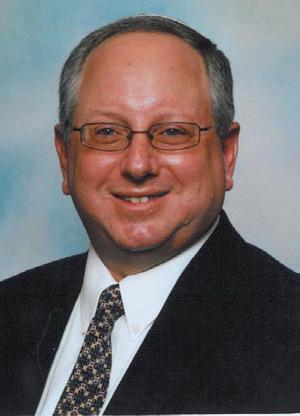
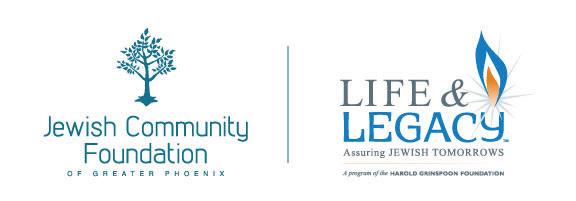
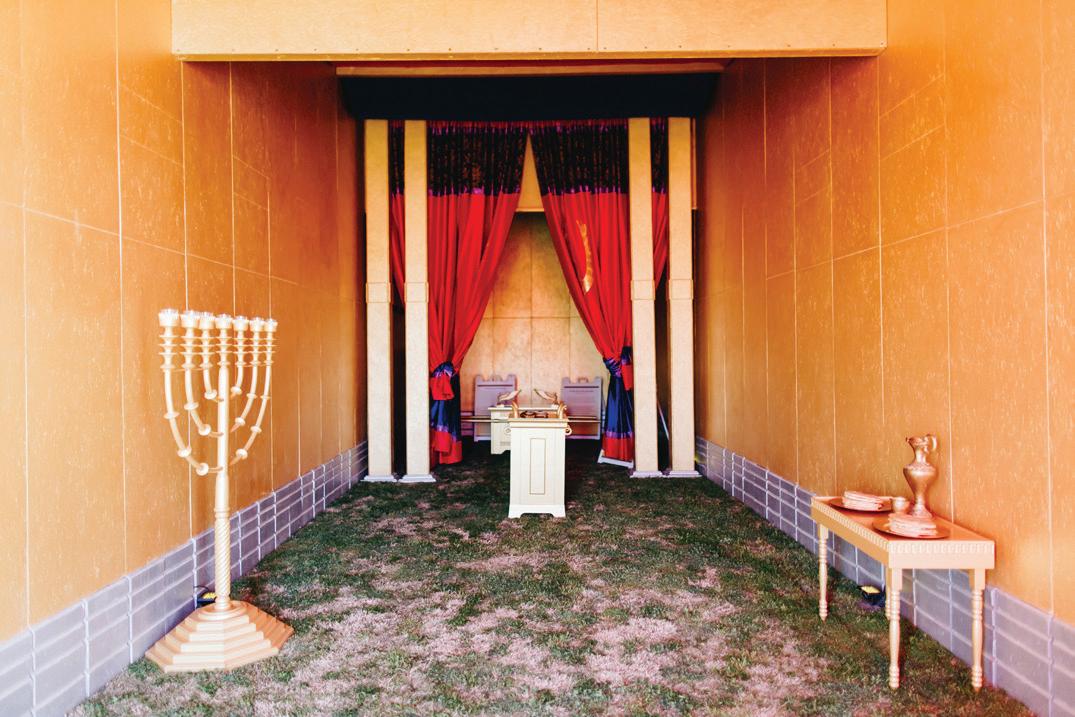 RABBI MICHAEL BEYO | SPECIAL TO JEWISH NEWS
RABBI MICHAEL BEYO | SPECIAL TO JEWISH NEWS
Editor's note: During Passover, we recall the Israelites’ escape from Egypt and their journey through the desert. Last month, the East Valley JCC had a rare opportunity to view a life-size replica of the Tabernacle of Moses, which was the portable sanctuary that accompanied the Israelites during the 40 years they wandered in the desert.
This replica was brought to Arizona by the Gary Smith, president of the Queen Creek West Stake of the Church of Jesus Christ of Latter-Day Saints. Smith estimates that about 1,000 people visited the exhibit.
Although the Latter-Day Saints have a different perspective on the symbolism of the Tabernacle, they invited Rabbi Michael Beyo, EVJCC CEO, to speak at an interfaith symposium. Beyo also led a tour that offered the Jewish perspective to a group of about 30 participants. Below, Rabbi Beyo shares some insight about the Tabernacle of Moses.
Let’s go back in time for a moment. Let’s try to think what it might have felt to the Children of Israel thousands of years ago, after centuries of brutal, tyrannical slavery, to be miraculously liberated and taken out of bondage. We would all say that is a miracle! In fact, we celebrate that miracle by retelling the story every year with the Pesach seder.
But I would like to posit that this is not the real miracle. The real miracle is that during the hundreds of years that the children of Israel were slaves in Egypt, they were embedded in idol worship just like the Egyptians, and once they are freed,

they are exposed for the first time to the concept of monotheism.
What a cultural and psychological shock. In fact, we know that the entire generation that came out of Egypt was never fully able to grasp the one God. That is the same generation that did not merit to enter the land of Israel because they built the Golden Calf and chose an idol over God. God was so upset that he wished to destroy this nation. Moses pleaded with God to forgive the Children of Israel and God accepted his plea. At this point, we might have thought that God would not have chosen them to build His house.
This miracle of repentance, which in Hebrew we call teshuva, is the second chance that God gives us: Once you repent, you are eligible even to build the
Arizona Friends of AFMDA mourns the loss of Jean Grossman
a Pillar of our Jewish Community! She was a remarkable woman, dedicated to Jewish causes; generous and compassionate. A true leader. She will be missed by so many of us but not forgotten. May her memory be for a blessing.
House of God. In the natural world, there is no repentance, there is no forgiveness. The miracle is when we sin against God and we are able to repent, God forgives us. The miracle is when we hurt another person and we ask forgiveness and restore our relationships to better than before. That starts with the Tabernacle when God allowed us to build it even though we were not perfect.
After leaving Egypt, the Israelites were commanded by God — through Moses — to build a Tabernacle, a Mishkan, so they could bring sacrifices to atone for their sins and bring thanks to God. The description of the Tabernacle is explained in great detail in the Book of Exodus and the exhibit brought to Arizona by the Queen Creek West Stake of the Church of Jesus Christ of Latter-Day Saints aimed to follow these instructions to scale.
The Tabernacle was surrounded by a rectangular fence, creating an outer courtyard area. All Israelites were allowed in the courtyard, which is where they brought their sacrifices, prayed and sang. The courtyard also included an altar used for burnt offerings (sacrifices) and a basin.
A whole burnt offering was offered by priests on the altar each morning and evening on behalf of all Israelites, and people brought animals to sacrifice to show gratitude and devotion, to repent.
Within the courtyard was an outer chamber where only the Levites and Kohanim were allowed to go. The Levites, to explain it in today’s terms, handled the maintenance of the Tabernacle. This “Holy Place” included a seven-branched menorah, a golden table with showbread (12 ritual loaves) and an inner altar.
These 12 loaves of bread represented the 12 Tribes of Israel and at the end of the week, these loaves were eaten by the priests. Today, we place two loaves of challah on our Shabbat table to represent these loaves. An inner chamber housed the Holy of Holies, which contained the two stone tablets of the Ten Commandments. The Holy of Holies represented the presence of God and only the High Priest was allowed to enter this area; he did so only on Yom Kippur.
The significance of the Mishkan was a place where God’s presence dwelled among the Israelites. Today, without a Mishkan or a Temple, our homes and our communities have become the holy place where we can find God’s presence. When we perform mitzvot and acts of love and kindness, we are creating a holy place for God to reside within us, as it is written: “And I shall dwell in the midst of the children of Israel, and I shall be a God to them” (Exodus 29:45). JN
e Minko Center for Jewish Genetics was touched by Jean’s generosity and warm spirit year after year. She believed in our mission and was a guiding light for our organization. ank you for always challenging our Jewish Community to rise up and be the best we can be.
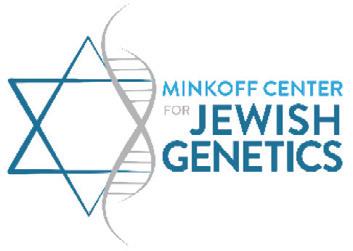
 BY DEBORAH FINEBLUM | JNS.ORG
BY DEBORAH FINEBLUM | JNS.ORG

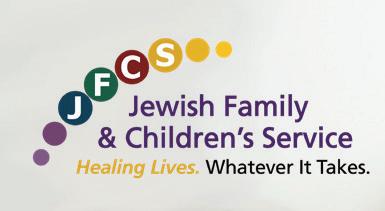

Sweet gefilte fish with a dollop of eyewatering horseradish. Fluffy matzah balls floating in golden chicken soup, raisin-dotted matzah kugel, tangy stuffed cabbage, crunchy charoset, mile-high sponge cake.
Sound familiar?
This time of year, you may come upon recipes faded by the years in the handwriting of beloved mothers or grandmothers tucked into old cookbooks or recorded on yellowed index cards. These, along with the fragrance of the Passover kitchen itself — and the first taste of matzah smeared with horseradish and charoset — can transport you back to the sights, sounds and tastes of seder nights a half-century ago.
But when the nostalgia lifts, if you’re not careful, eight days (seven in Israel) of these wonderful time-honored Passover foods can also widen your waistline, dull your brain in a perpetual carb-fog and slow your kishkas to a near standstill.
Fortunately, there’s an art to preparing traditional foods that retain the power to pass on to the next generation this beloved family holiday while eating smart, creating a Passover that’s healthful without losing its soul.


Joan Nathan, the Julia Child of Jewish cooking, has updated many of her family’s Passover dishes, including Passover recipes, for her latest, “King Solomon’s Table: A Culinary Exploration of Jewish Cooking from Around the World.”
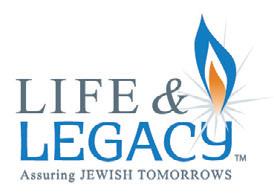
“Seder night is a big deal in our family,” said Nathan, who each year hosts as many as 40 guests for the big event and, the week prior, holds a “gefilte-in” for friends to come and cook together.
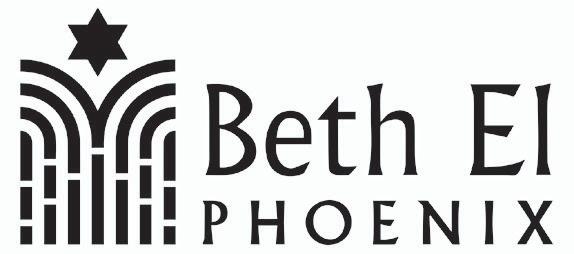
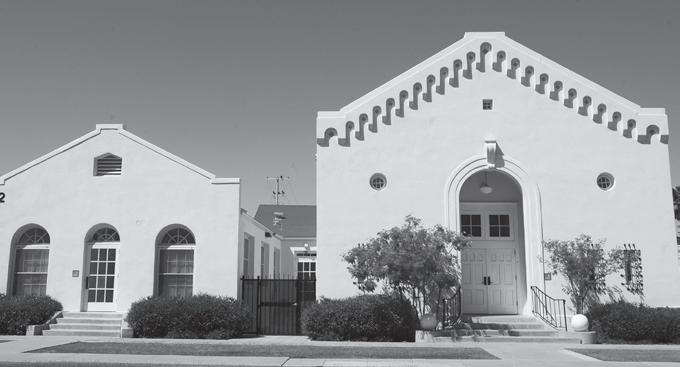

Beginning with the salad, Nathan adds the key ingredient of creativity to every course, with a special focus on using vegetables to keep the “HQ” (health quotient) high. And she loads her mother’s traditional brisket recipe with plenty of carrots.
Paula Shoyer, author of “The Healthy Jewish Kitchen” and “The New Passover Menu,” suggests an easy formula for “lightening up” traditional recipes: Take down the sugar a notch; replace some matzah meal with other kosher-forPassover options like a mixture of almond and coconut flour; and use coconut oil (look for extra-virgin with a reliable hechshers, kosher symbols) instead of the ever-present margarine.
“And people will find that if they cook from scratch, they’ll avoid all the unhealthy chemicals in the packaged Passover foods — and save money, too,” noted Shoyer. “It only takes a few more minutes to make brownies yourself.”
Creating a salad dressings of olive oil and vinegar with spices can help you dodge some of the arguably less healthful oils (peanut and cottonseed among them) long associated with Passover cooking.
Israelis are mad about cauliflower and zucchini, and both of these are spotlighted in Steven Rothfeld’s love letter to Israeli cuisine “Israel Eats.” Note: On Passover Israelis are split between Sephardic tradition, which allows the eating of kitnyot (most notably legumes and rice), and Ashkenazi custom, which considers these things to be chametz — not kosher for Passover. (Though in the spirit of what Rothfeld calls “Israeli fusion,” in recent years many Ashkenazim in Israel and elsewhere have opted to spend Passover eating like Sephardim.) Tip to shoppers: You’ll notice that many “Kosher for Passover” products add the word “Kitniyot” somewhere on the package as a warning to consumers whose tradition is to avoid it. (Not sure what’s kitniyot?
Arlene Mathes-Scharf of kashrut.com put together a list with the late Rabbi Zuche Blech. Go to askcrc.org.)
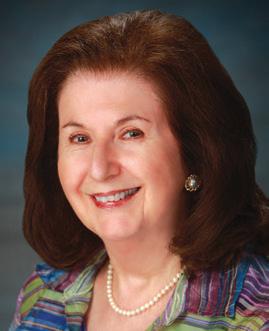

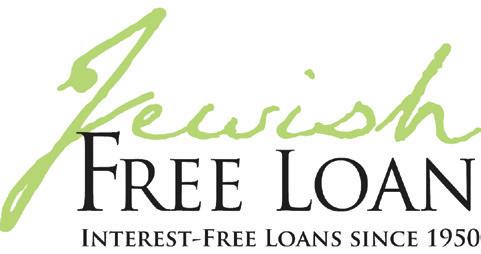
“The best advice I can give for keeping healthy on Passover is to listen to your body,” said Rothfeld. “Just because it’s a holiday, don’t overeat, and even though it looks amazing, don’t eat it if you’re
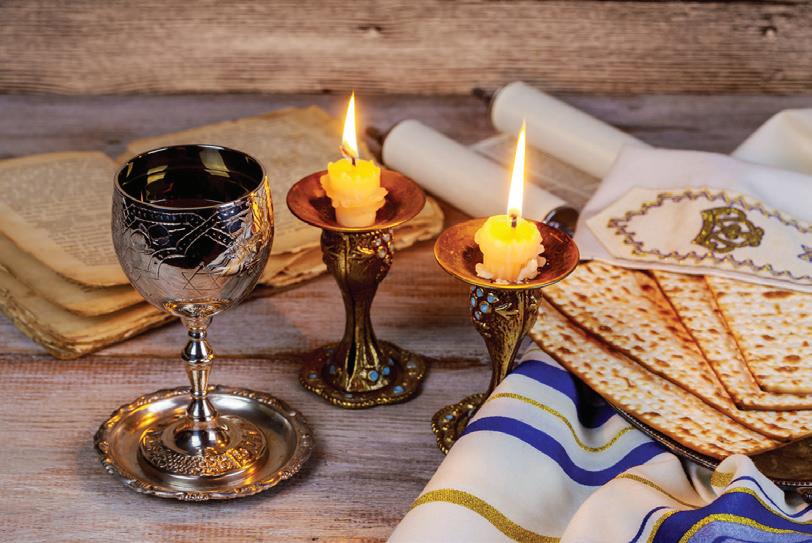
not hungry.” (Kind of the flip side to the Haggadah notation: “All who are hungry, come and eat.”)
Then there the folks whose food sensitivities — to gluten, nuts or dairy for instance — make Passover a dietary challenge. When Marcy Goldman’s nutallergic son longed to eat her charoset, a delicious part of the seder that calls for nuts, she quickly went to work concocting a version he could safely enjoy. The result?
“Paradise Charoset” in her “Newish Jewish Cookbook.”
Goldman also makes a point of slipping healthful, colorful veggies and fruits into other traditional dishes, creating such treats as her “Three-Level Kugel.”

“You can eat smart over Passover,” she said. “You don’t have to recycle potatoes, kugels and roast all week. And remember, it only takes one or two Passovers to make your adaptations into your family Passover traditions.”

There is also oat matzah on the market that solve the gluten-free problem, as they’re kosher for making a bracha (“blessing”) over. (Not all gluten-free matzah are, just the oat.) And those sensitive to nightshades such as white potatoes will have to be vigilant about scouring the labels due to the literally tons of potato starch used in prepared kosherfor-Passover foods.
As for the most common health complaint from Passover — the infamous constipating powers of matzah and its by-products — Nathan says her ancestors were wise enough to build relief right into their traditional holiday recipes. “Our family always serves our krimsel (matzah fritters) with plenty of stewed prunes … even way back then, they understood.”
Below, we have a few tips for a healthy Passover, as well as several recipes that can be made throughout the week to get through the eight days without gaining a ton. Added prunes are optional.
1 medium green cabbage
1 cup jasmine rice, rinsed
5 tablespoons olive oil, divided
1 small onion, minced
21 ounces ground lamb
½ cup chopped mint leaves
2 medium tomatoes, grated
SEE BUBBE, PAGE 14
BUBBE
CONTINUED FROM PAGE 13
2 tablespoons toasted pine nuts
2 tablespoons chopped dried cranberries
1 teaspoon ras el hanout (a Moroccan spice blend)
Salt and freshly ground pepper
1 generous cup chicken stock or broth
⅓ cup fresh lemon juice






1 large garlic clove, crushed
Preheat the oven to 350 degrees.
Freeze the cabbage for 24 hours to facilitate separating of leaves.
Defrost cabbage. Separate leaves, trying not to rip them. The more whole leaves, the better.
Bring a small pot of water to a boil. Add the rice and simmer for 20 minutes. Drain.
Heat 2 tablespoons of the olive oil in a large heavy skillet over medium heat. Add the onion and sauté until softened, about 5 minutes. Add the lamb and sauté until browned and no pink remains, 8 to 10 minutes.
Stir in the blanched rice, mint, tomatoes, pine nuts, cranberries and ras el hanout. Season generously with salt and pepper.
Arrange one-fourth of the cabbage leaves in the bottom of a medium-size Dutch oven or heavy pot. Top with a third of the meat mixture. Cover with another fourth of the cabbage leaves. Top with another third of the meat mixture. Cover with another fourth of the cabbage leaves. Top with the remaining third of the meat mixture. Cover with the remaining fourth of the cabbage leaves.
Pour in the chicken stock and lemon juice. Add the garlic clove; season generously with salt and pepper.
Cover tightly and cook for 1½ hours. Remove the lid from the pot. Cover contents of the pot with a plate, then top the plate with a brick or cans as weight.
Refrigerate overnight. Bring the cabbage cake to room temperature. Cut into slices and serve.
2 cups dry red wine
2 stalks celery with leaves, chopped
1 bay leaf
1 sprig fresh thyme
1 sprig fresh rosemary
8 carrots, peeled and cut into
East Valley JCC, 908 N. Alma School Road, Chandler 85224 • Reservations required for all programs.

11 am Bjorn Krondorfer, director of the Martin-Springer Institute at Northern Arizona University, leads a lecture and tour of “Through the Eyes of Youth: Life and Death in the Bedzin Ghetto.” Costis$14,whichincludesakosherlunchfollowingthetour.ReservationsrequiredbyApril29.
1 pm Free screening of “Shalom Italia” documentary about 3 Italian Jewish men who journey through Tuscany, hoping to rediscover the cave where they hid from Nazis as children.
4 - 5:30 pm Free workshop for educators led by Bjorn Krondorfer. Formoredetails,visitevjcc.org.

6 pm Yom Hashoah commemoration

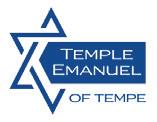

Presentation by Holocaust survivor Marion Weinzweig, author of “Lonely Chameleon”
Presentation by Bjorn Krondorfer • Candle-lighting ceremony
Service by Rabbi Michael Beyo
The community is invited.
Reservations required: evjcc.org/yom-hashoah-2019 • Questions: 480-897-0588


Preheat oven to 325 degrees.
Place onions and garlic in a 5-quart to 6-quart casserole. Season brisket with salt and pepper.
In a large skillet, heat oil over high heat and sear brisket until browned, 3-4 minutes on each side.
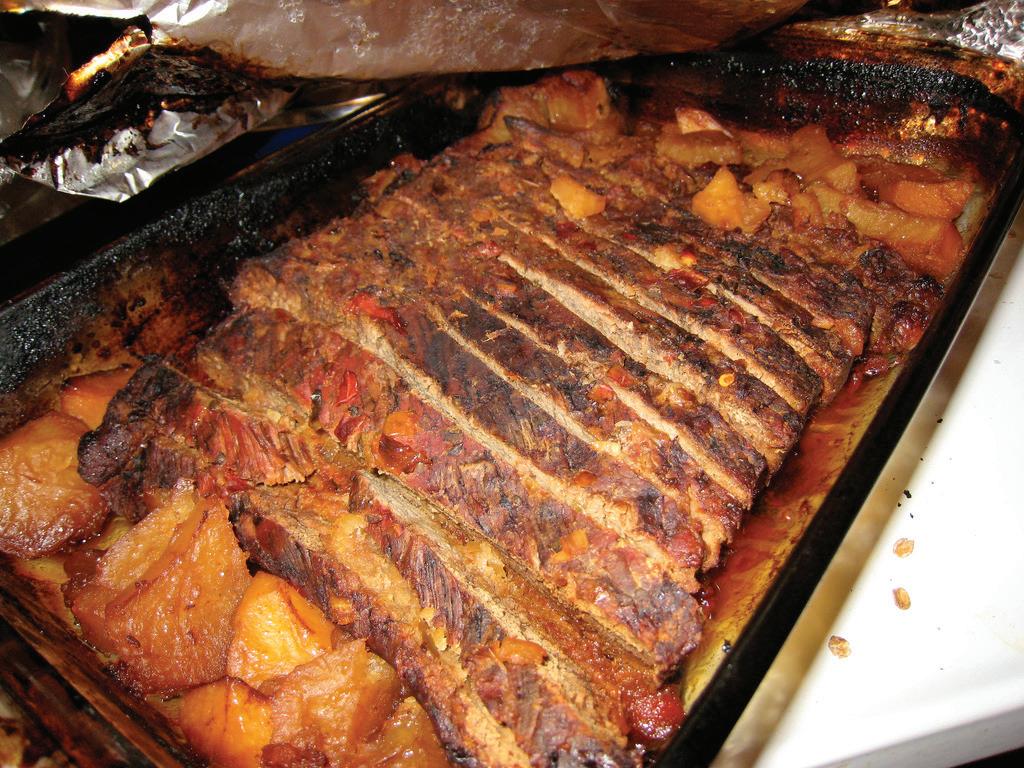
Place fat-side-up on top of onions. Add
tomatoes and their juice, breaking them up
Add the wine, celery, bay leaf, thyme and
Cover casserole and bake for 3 hours, basting with pan juices every half-hour.
Broccoli layer:
1 pound broccoli, cooked, chopped fine
3 eggs
½ cup matzah meal
1½ teaspoon garlic powder
¾ teaspoon salt
3/8 teaspoon pepper
Carrot-squash layer:
2 cups carrots, shredded
1 cup butternut squash, cooked and mashed
¼ cup brown sugar
1 egg
1½ cup matzah meal
½ teaspoon salt


¼ teaspoon cinnamon
⅓ cup orange juice










Cauliflower layer:
¼ cup canola oil
½ cup diced onion
1 pound cauliflower, cooked, finely chopped
3 eggs
1 cup matzah meal
½ teaspoon salt
¼ teaspoon pepper
Preheat oven to 350 degrees.
Line a 10-inch springform pan with parchment paper (bottom and sides). Spray with nonstick cooking spray. Place pan on a parchment paper lined baking sheet.
Prepare first layer by cooking broccoli and then combining with rest of ingredients (for that layer) in a bowl. Spread in springform pan.
For the second layer, in a bowl, blend the carrots, with squash, sugar, egg, matzah meal, salt, cinnamon and orange juice. Gently spread over broccoli layer.
For the third layer, prepare cauliflower. In a small skillet, heat the oil and sauté the onion until lightly cooked and golden. Place with cauliflower in a large bowl and stir in the eggs, matzah meal, salt and pepper. Gently spread this over carrot-squash mixture.
Bake 50-60 minutes or until a skewer inserted in center comes out clean. Cool 15 minutes before serving.
Makes 8-10 servings
MARCY GOLDMAN’S NUT-FREE PASSOVER PARADISE CHAROSET (PAREVE)
2 cups fresh cranberries
½ cup dried cherries
¼ cup dried cranberries
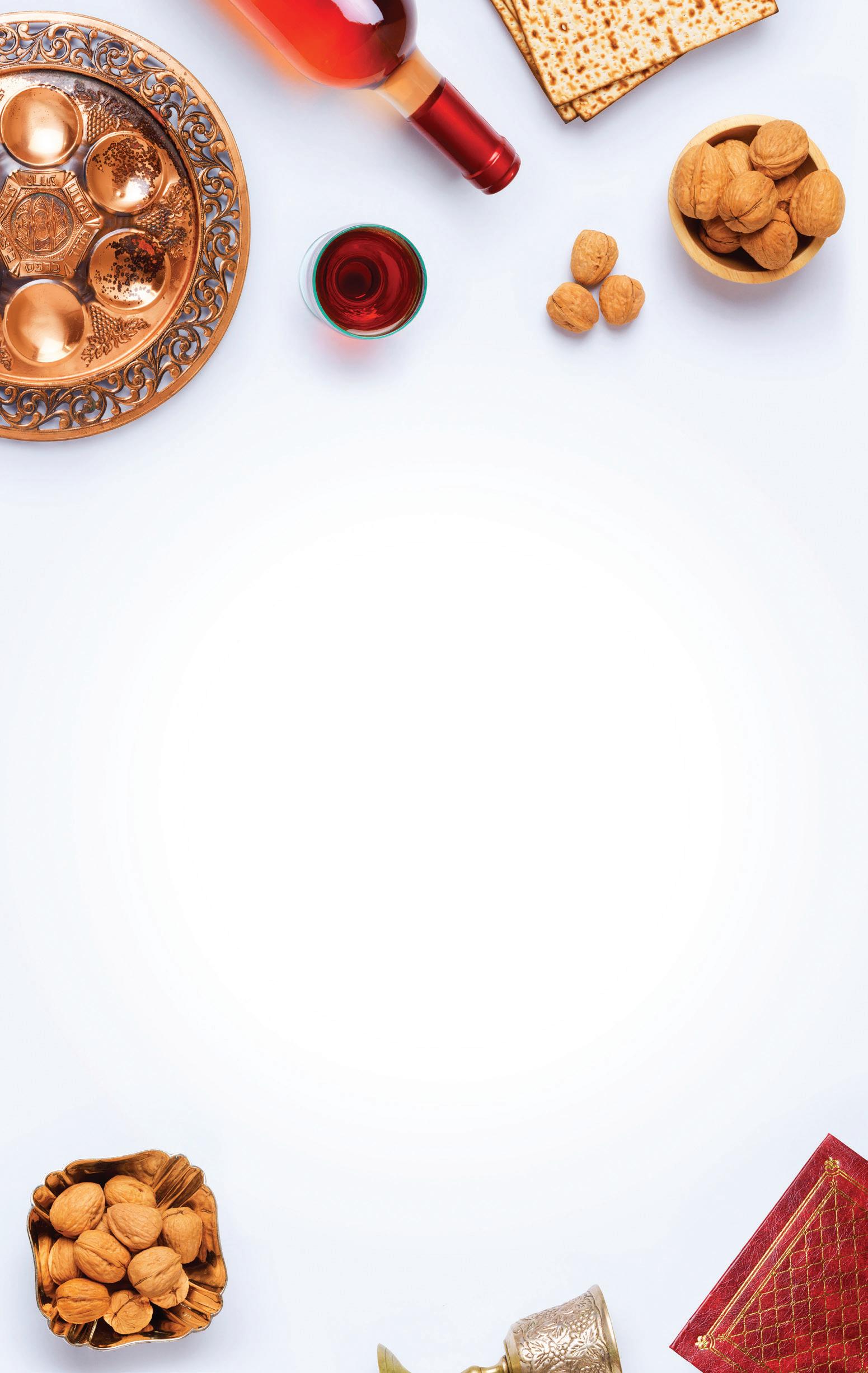
⅓ cup yellow raisins
2 cups coarsely chopped apples
½ cup sugar
¾ cup water
½ cup water or orange juice
2 tablespoons sweet red wine
½ teaspoon cinnamon
Place all ingredients in a medium saucepan. Over low-medium heat, cook the fruit slowly until the apples soften and the cranberries pop open. Stir, ensuring mixture does not burn on bottom. You may have to lower the heat. After mixture is cooked down and is thicker, adjust tartness to taste with more orange juice and sugar. If it seems too thick, add a touch more water or orange juice. Cool well. Refrigerate after it cools down.
Serve cold or room temperature. Makes about 1¾ cups
Ingredients for cake:
¾ cup quinoa
1½ cups water
Nonstick cooking spray
2 tablespoons potato starch
⅓ cup orange juice (from 1 orange)
4 large eggs
2 teaspoons kosher for Passover vanilla extract
¾ cup coconut oil
1½ cups sugar
1 cup dark unsweetened cocoa
2 teaspoons baking powder
½ teaspoon salt
2 ounces bittersweet chocolate
Fresh raspberries for garnish (optional)
Ingredients for Glaze (Optional):
5 ounces bittersweet chocolate
1 tablespoon sunflower or safflower oil
1 teaspoon kosher-for-Passover vanilla extract
Preheat the oven to 350 degrees.
Place the quinoa and water into a small saucepan, and bring it to a boil over medium heat.
Reduce the heat to low, cover the saucepan, and cook the quinoa for 15 minutes, or until all of the liquid has been absorbed. Set the pan aside. The quinoa may be made 1 day in advance.
Use cooking spray to grease a 12-cup Bundt pan. Sprinkle the potato starch over the greased pan and then shake the pan to remove any excess starch.
Place the quinoa in the bowl of a food processor. Add the orange juice, eggs, vanilla, oil, sugar, cocoa, baking powder and salt, and process until the mixture is very smooth.
Melt the chocolate over a double boiler or place in a medium microwave-safe bowl, putting in a microwave for 45 seconds, stirring and then heating the chocolate for another 30 seconds until melted. Add the chocolate to the quinoa batter and process until well-mixed.
Pour the batter into the prepared Bundt pan and bake it for 50 minutes or until a skewer inserted into the cake comes out clean.
Let the cake cool for 10 minutes and then remove it gently from the pan. Let it cool on a wire cooling rack.
To make the glaze, melt the chocolate in a large microwave-safe bowl in the microwave (see above) or over a double boiler. Add the oil and vanilla; whisk well. Let the glaze sit for 5 minutes and then whisk it again. Use a silicone spatula to spread the glaze over the cake.
Garnish with fresh raspberries, if desired. JN
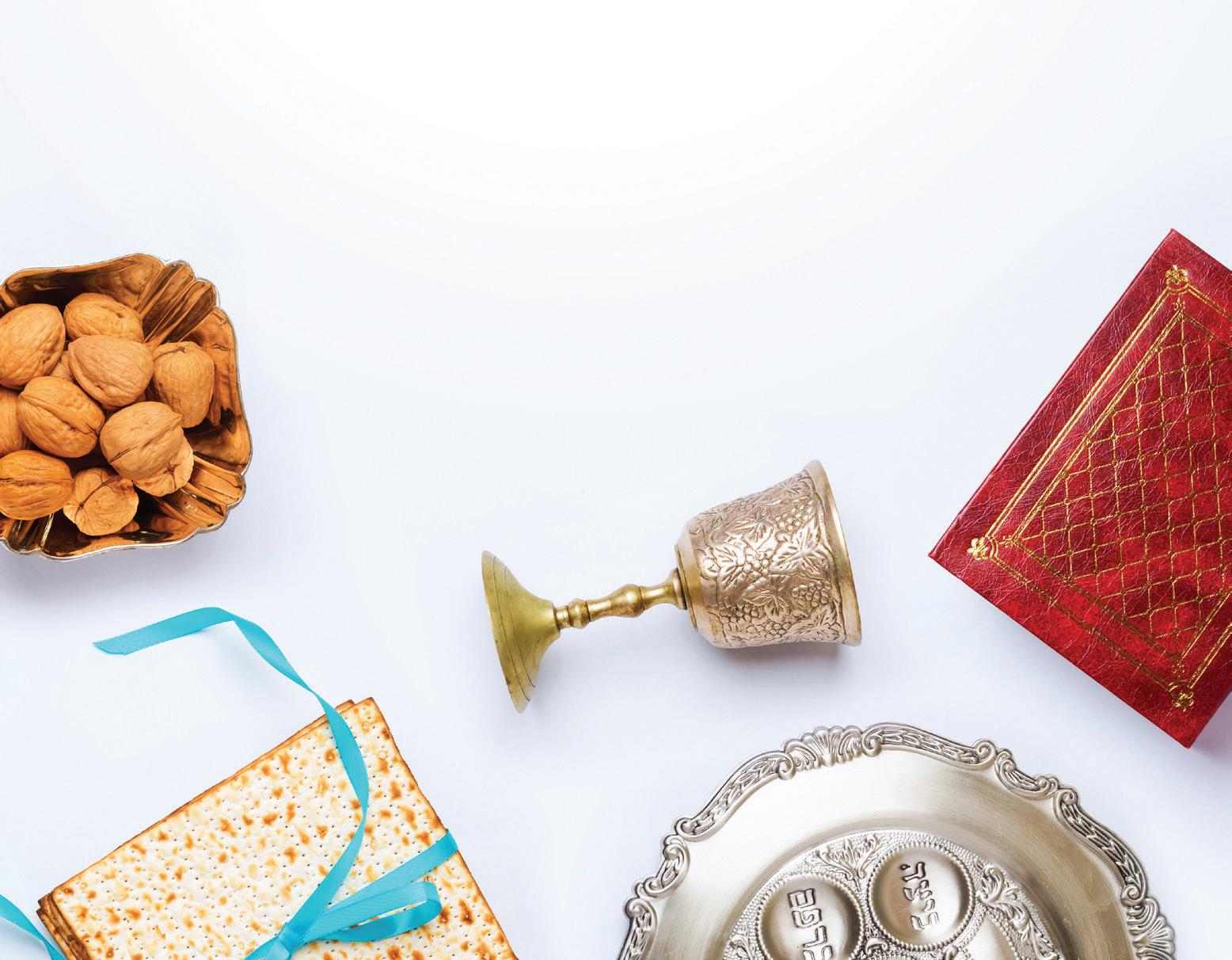
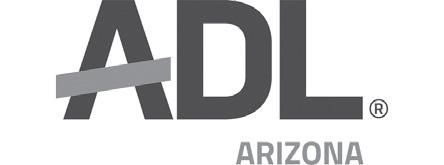







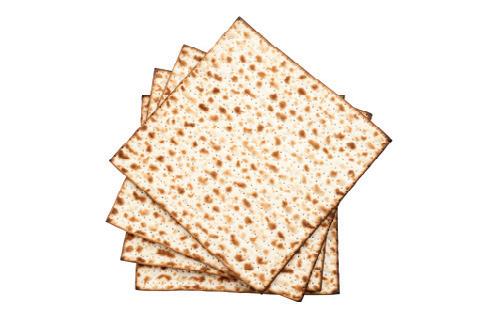

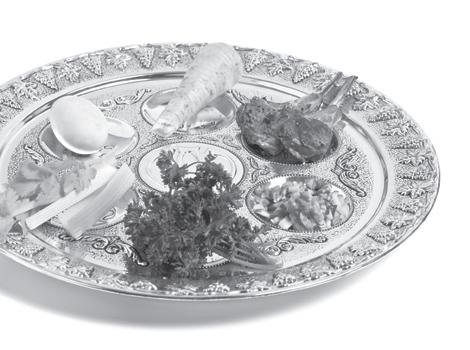





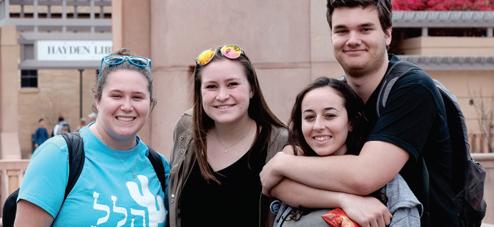











“There’s no place like home. There’s no place like home. There’s no place like home … ” Dorothy’s mantra expressed the deep longing for the safety and warmth of home but, if she’d been Jewish, The Wizard of Oz heroine would no doubt have said, “There’s no place like home … for Passover.”
It’s no contest. Passover is hands-down the most celebrated holiday of the Jewish year because this annual celebration of freedom is deeply rooted in family and the sense of home.
Most of us can conjure up the sights, sounds and smells: the seder plate set out on the white (pre-wine-stained) tablecloth, the off-key “Dayenu,” the sinus-stripping horseradish and the sight of matzah balls floating on a golden sea of chicken soup, with the fragrances from the kitchen promising even more delights.
Indeed, the Passover seder (Hebrew for “order”) has the power to knit together the ragged edges of a family, torn apart by the years and miles by diverging lifestyles and religious paths. No wonder it’s charged with transmitting to the next generation God’s miraculous rescue of our ancestors. No wonder the far-away college student can feel lonely and disconnected during these eight days.
Maggie Burke had little connection with Jewish pride or community or her people’s shared history and destiny.
“But going to my first Hillel seder, hearing everyone singing the songs I’d only sung with my parents, eating the traditional foods, was interactive and fun,” she recalls. “I hadn’t seen that many Jewish people together in one room for years.”
Three years have passed since that night at the University of Utah’s Hillel seder, and Burke has been to Israel on Birthright and is applying for a two-year Hillel fellowship post-graduation. “None of this would have happened if I hadn’t gone to that first seder,” she says.
For students, for the seders and often the remaining six days of the holiday as well, rabbis and Hillel directors often become in loco parentis, and friends and community members become family, creating the feeling of belonging to this ancient people and their transformative story.
Most of the roughly 200 Jewish students at the University of Utah (and the other eight schools served) stay put for Passover, says Hillel of Utah executive director Dana Tumpowsky. “And for many of them ours is the first seder they’ve ever been to.”
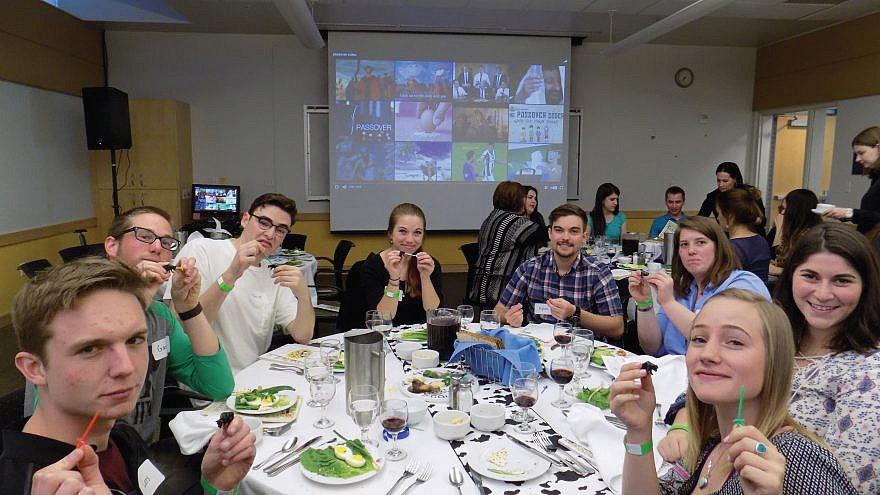
In addition to smaller seders in Greek houses, dormitories and apartments, the big ones tend to be sponsored by Hillel International, with its presence on 550 North American campuses, or by Chabad on Campus, which serves some 30,000 students at the seders they run through 265 Chabad centers on or near campuses and the other 235 schools they also serve.
Each year Chabad Rabbi Yerachmiel Gorelik rents out the ballroom at Colorado State University for the more than 200 students and community members who gather for seder (He and his wife, Devorah Leah, do most of the
cooking for this — the largest seder in the state).
“Most don’t have family nearby, and there isn’t a lot of Jewish infrastructure, so we end up being the ‘go to’ place for the Jewish community and definitely for the seder,” says the rabbi. “It’s a beautiful opportunity for our small community to come together and celebrate.”
But for every young adult with strong seder memories, Passover on campus may be even more important for those who haven’t ever had the chance to ask “The Four Questions” or open the door for Elijah, or stay up until the wee hours making sure they drain all four cups of wine (or grape juice), singing “Chad Gad Ya” and crunching the last bite of afikomen.
In fact, as much as their families may miss them and vice versa, staying on campus can actually have unexpected positive after-effects.
Arie George traces the beginning of his connection with Judaism to Passover nine years ago when he was a law student at the University of Kansas.
“I signed up for the Passover meal plan for the week mostly because I didn’t want to cook when I was cramming for my
law-school finals, but I ended up feeling so connected I basically started coming to Shabbat dinners and services,” says George who’s now 33, married, an active member of the Kansas City Jewish community and looking forward to hosting his out-of-town family at his own seder.
That strong connection to Jewish community and tradition has never been as important as it is today in the face of increasing anti-Israel pressures on many campuses, especially with groups like Jewish Voice for Peace (JVP) holding seders that equate Israel with Pharaoh — its signature Haggadah dedicates the third cup of wine to “L’chaim to Boycott, Divestment and Sanctions.”
One of historian Gil Troy’s chief concerns is that “very marginal movements are seen as representing the Jewish community or Jewish youth. They presume to speak for more people than they do, even on campus.”
Indeed, the holiday, which falls within a few weeks of “Israeli Apartheid Week” — held each spring at a growing number of universities and during which Israel is demonized on many campuses — is often used as an opportunity for anti-Israel groups to foment negative views of the Jewish state.
Two years ago, the school governments of Pitzer College, the University of Wisconsin at Madison and Tufts University all took advantage of Passover to call last-minute BDS (Boycott, Divestment and Sanctions) votes.
“The end result is a lot of Jewish students are off-campus with their families at this time of year, so calling a vote then effectively silences their voices,” says Max Samarov, executive director of research and strategy at StandWithUs, a group devoted to supporting Israel and fighting antiSemitism. “This means the anti-Israel
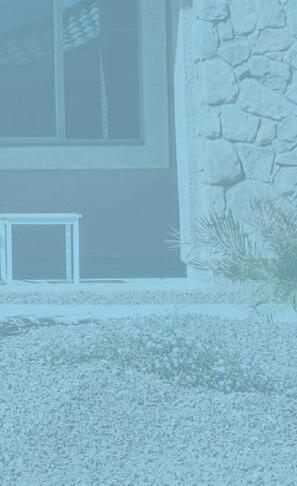
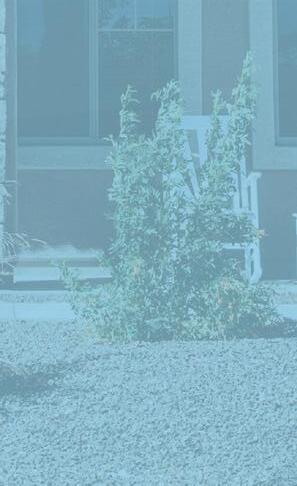
U.S. Capt. Sanford Cohen counts down the end of his deployment in Kuwait by the number of Shabbats, rather than days.
“It’s a lot more manageable,” said Cohen, 38, from Staten Island, New York. “I’m going to quote one of my soldiers on this: The Friday-night service is what he looks forward to in his week. It completes his week. It pains him when he can’t make it. It pains him.”
There is not a single Jewish chaplain at Camp Buehring Army Base — let alone in all of Kuwait — but despite this, Cohen’s religious observance has remained at the forefront of his priorities, so much so that he has become a volunteer lay leader endorsed by the Jewish Welfare Board.

“When you don’t know if the bullet that’s being fired has your name on it, the ability to do more mitzvot … takes prece-
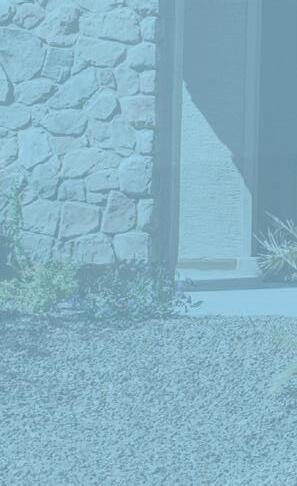
dence over other projects,” said Cohen. Counting down by Shabbats is easier for his three sons — ages 3, 6 and 9 — to grasp, too. While they only have a

chance to speak to him on Sundays due to the time change and differing schedules, they always tell him what they did over Shabbat.
“I’ll take an article from Chabad.org or Aish” on the week’s Torah portion, he said, “and send it to my oldest son with, ‘Hey, I thought you’d like this.’ He reads it, and they discuss it on Friday night.”
And for Cohen, a Brigade Ammunition Officer of the 35th Combat Aviation Brigade, the end of Passover marks his 40th (and last) Shabbat of his nine-month deployment.
Organizing for Passover on base, he was expecting about 20 people to attend the seders.
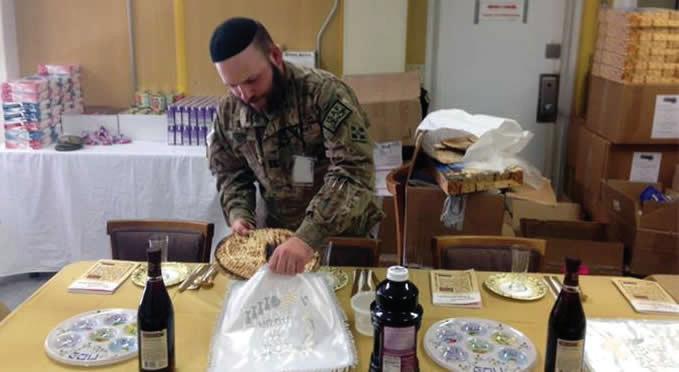
“I’m not going to be with my family, but I’m going to be with my Army family,” said Cohen before the holiday.


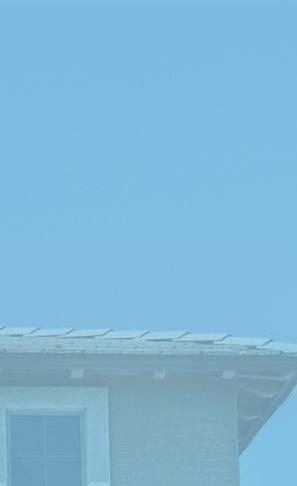

As a lay leader, Cohen orders kosher MREs (shelf-stable Meals Ready to Eat), leads Friday-night services and organizes holiday celebrations for his fellow troops. Their Passover supplies include goods from the Aleph Institute, which provides items that cannot be ordered through the military.
“Organizations like Aleph Institute and Kosher Troops, they are what keeps us connected [when] there is no synagogue, there is no kosher restaurant,” said Cohen.
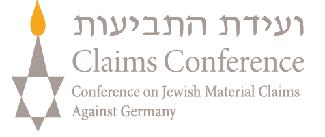

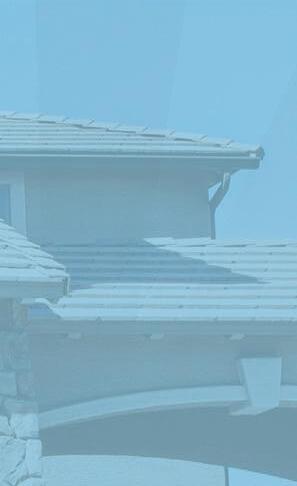
The Aleph Institute sends religious materials year-round: Torah scrolls,




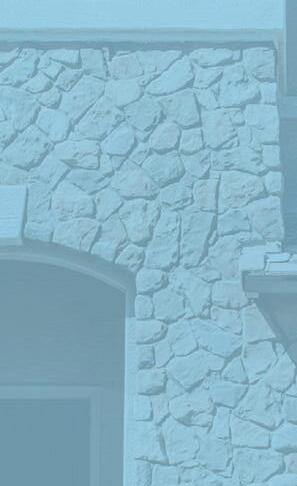
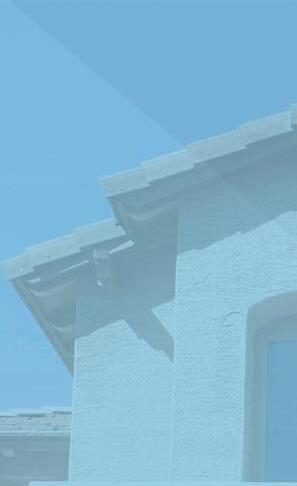
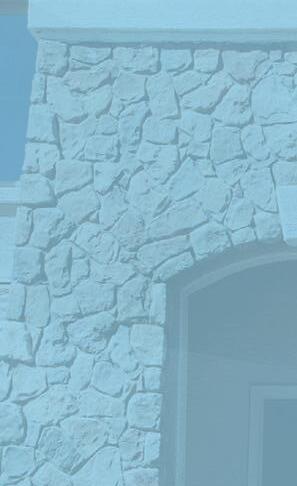
menorahs, hamantaschen, camouflage siddurim (prayer books) and other Jewish books.
For Passover, they send whatever is needed to complete a seder meal, such as Haggadahs, charoset and shmurah matzah, benefiting approximately 1,000 soldiers on about 60 bases worldwide.
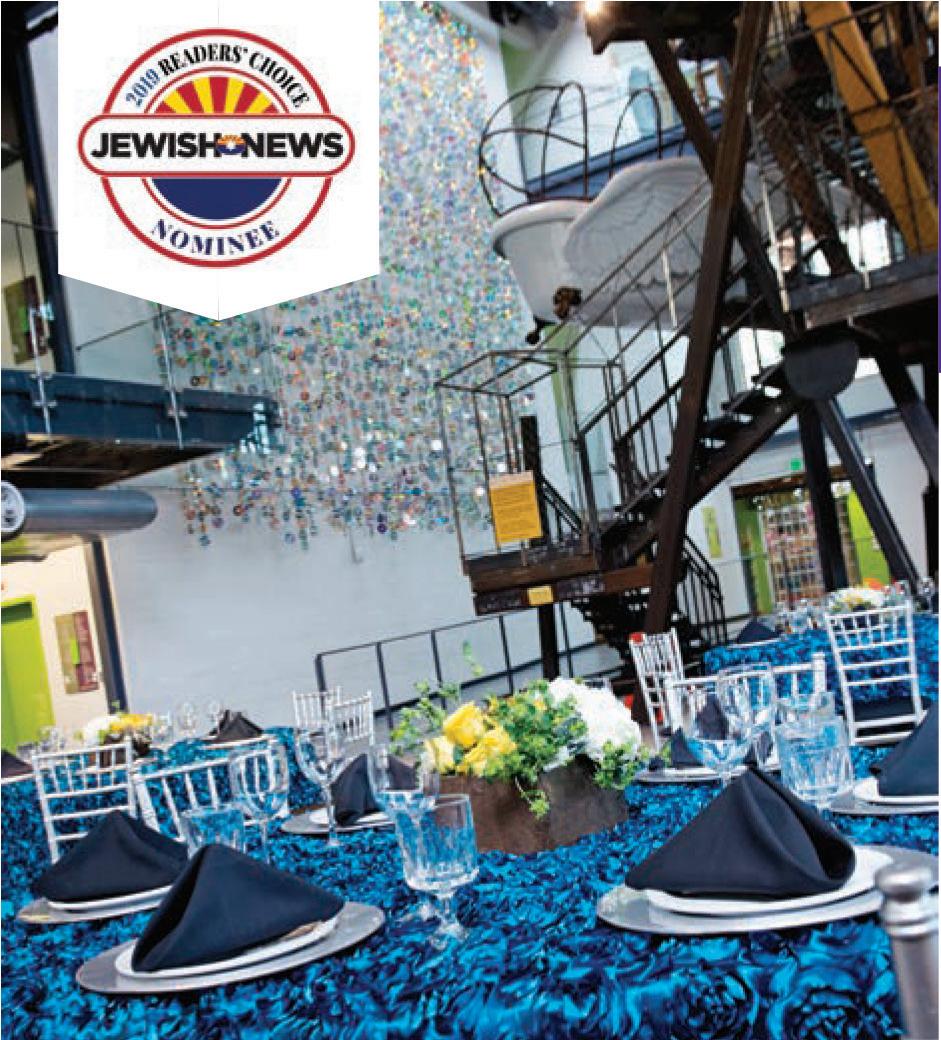
“This campaign was started by the Rebbe [Rabbi Menachem Mendel Schneerson] in 1941 or ’42, and he oversaw it personally,” said Rabbi Menachem Katz, director of military and prison outreach at the Aleph Institute. “It’s something that goes back to every Lubavitcher Rebbe in Russia, where they took care of the Russian Jewish soldiers in the Russian Army and made sure they had matzah for Pesach and so on.”

The Aleph Institute also helps connect Jewish troops with the visiting Jewish chaplain so that more Jews are able to participate in holiday celebrations and religious observations, according to Capt. Mendy Stern, chaplain for the 312th Military Intelligence Battalion.
Stern, stationed at Fort Sam in Houston, recently prepared for deployment to serve as the rabbi for troops in Afghanistan during Passover. This would
be his second Passover deployment and his sixth deployment overall.

“This opportunity to serve those who serve our great country is an absolute honor and privilege,” wrote Stern over email. “Since joining the Army, I’ve encountered many Jewish troops whose lives were touched by the mere presence
than expected tend to show up.
“As there are so few Jewish chaplains, we must rely heavily on the chaplains on the ground to advertise and help spread the word of the upcoming services,” said Stern. “We rotate for holiday coverage to locations where there is no Jewish chaplain. We arrive a few days before Pesach,
own base. There are “dozens” of chaplains at Camp Buehring, but no rabbis.
“There aren’t enough rabbis as chaplains in the military, so guys like me have to step up,” said Cohen. “This is the place — the army, the military — to do the most good, the most kiddish Hashem, not just for the Jews but the non-Jews.”
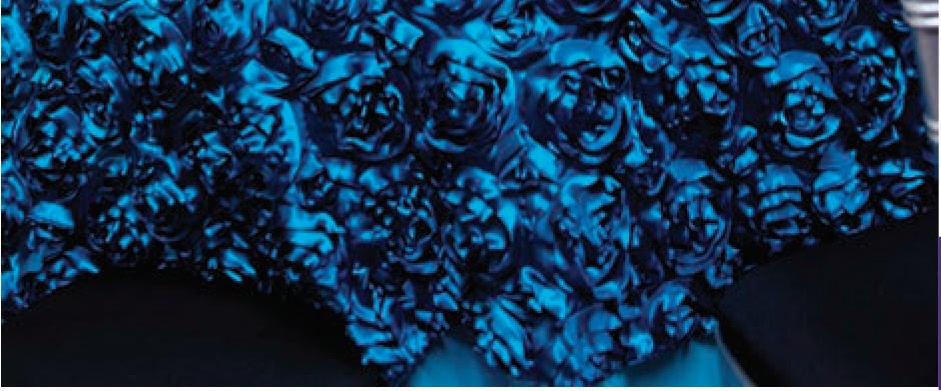
Even though there are about 5,000 Jewish-affiliating soldiers in the military, Katz estimates, there are only 12 activeduty Jewish chaplains in the Army, and less than 50 in the entire military. Where there isn’t a rabbi, lay leaders like Cohen fill the role as best they can. But both Stern and Cohen agree: It may be more complicated than a holiday at home, but it’s a shlichus [emissary mission] that’s well worth it.
of a Jewish chaplain or the opportunity to observe a mitzvah in an otherwise Jewish religious desert.”
His Passover preparations were complicated, to say the least. Chaplains on the ground, who are usually not Jewish, request kosher-for-Passover MREs and “Seder Kits,” which provide the basic items, according to Stern. Everything must be arranged and shipped far in advance, and, traditionally, more people
and we set up the seder, while still visiting the troops, providing counsel and [offering] support to the mission.”
The lack of Jewish chaplains is a real issue for Cohen, who wishes that more rabbis would bring their religious outreach to the U.S. military. He became a lay leader after traveling two-and-a-half hours to Camp Arifjan last fall for Rosh Hashanah — the closest location for prayer services — forcing him to miss several days of work at his
“On one hand, there’s a bittersweet feeling of being away from family during the holiday, having to imagine the children asking the ‘mah nishtanah’ [Four Questions] and celebrating thousands of miles away from home. On the other hand, the feeling that I’m embarking on a mission to celebrate Passover with servicemen and women who are far from home … it’s an adventure which I wouldn’t pass up.” JN

“WHEN YOU DON’T KNOW IF THE BULLET THAT’S BEING FIRED HAS YOUR NAME ON IT, THE ABILITY TO DO MORE MITZVOT … TAKES PRECEDENCE OVER OTHER PROJECTS.” — U.S. CAPT. SANFORD COHEN
STUDENTS CONTINUED FROM PAGE 17
groups basically hijack the student governments.”
All of which offers an important lesson, he adds. “It reminds us that we need to be proactive on campus, to set the agenda and not just be reactive. And to remember there’s never a reason not to publicly show pride and hold events that draw people in and educate. We need to build strong community and it takes the willingness to stand up and to do the
on campus, maybe away from family for the first time, they experience the power of the Jewish tradition on their own terms, setting them on the course towards an enduring commitment to Jewish life,” says Schwartz, content director for Hillel International’s Center for Jewish and Israel Education.
“What’s more, these experiences of Jewish tradition have the potential to ground students in a sense of self and community strong enough to bolster students’ resiliency as they face
When a student steps up and takes responsibility for the work and planning in making a seder, that’s one of the happiest outcomes of being away from home for the holiday, says Tumpowsky of the Utah Hillel.

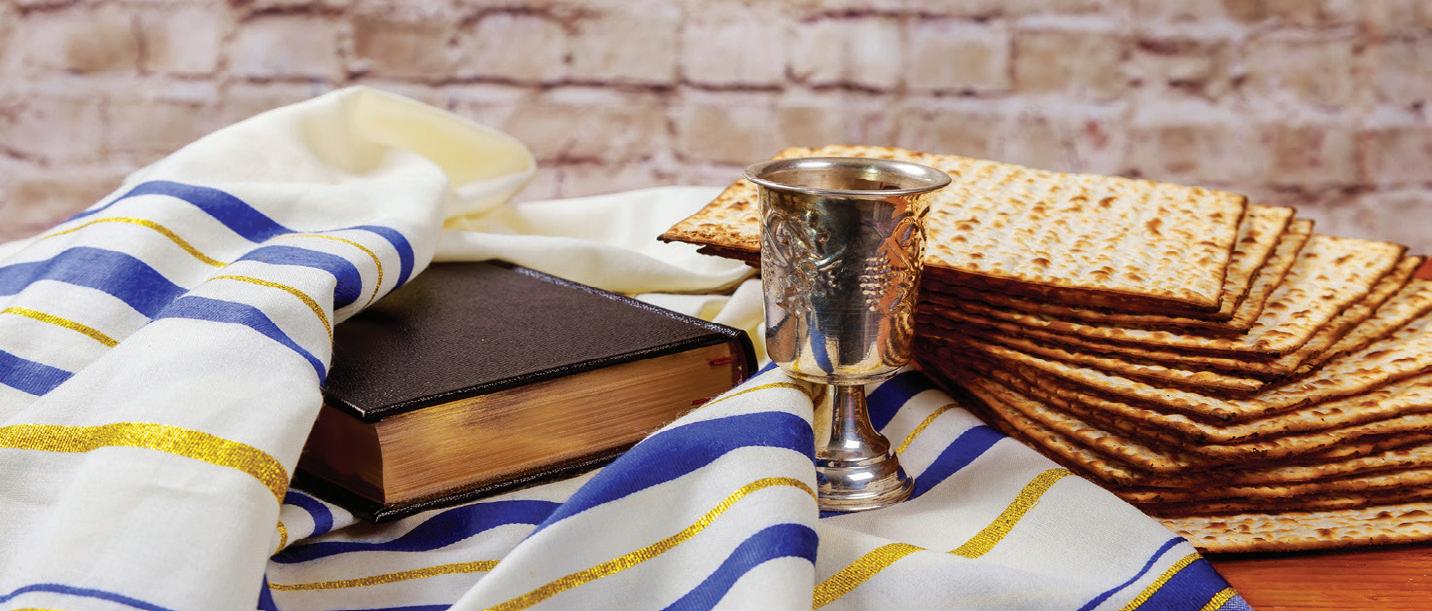
“Last year for the first time, they said, ‘We’ll prep it ourselves, we’ll lead it ourselves, we’ve got this down.’ And they really understand what it means. It’s like we see them growing into Jewish adults before our eyes,”
The residents of the Jewish co-op where UCLA senior Asher Naghi lives are also planning their first-ever seder this year. “It’s an opportunity to really emphasize things that are important to us, such as the liberation story,” he says. “It’s also an opportunity to put into practice everything you’ve ever learned about the holiday, and everything you love about it and share it with your friends.”
Rabbi Charlie Schwartz says this development of an autonomous Jewish identity bodes well for the future of both the individual and the Jewish people.

“When students celebrate Jewish holidays
For many, that first seder away from home is an experience that, rather than a loss, is actually a powerful and transformational moment, says Rabbi Gorelik in Colorado. “It’s a long night of skits, songs, stories and fantastic food,” he says. “By the end, we in a real sense become family, and they have this unique opportunity to really get in touch with their Jewish neshamas, their Jewish souls.”
At the University of Miami, Hillel encourages a variety of seder experiences. Casey Dresbach, who now serves as president of the school’s Hillel, returned from her Birthright Israel trip over a year ago “inspired and ready to do something more passionate, more committed to my Jewish self and to reaching out, especially to younger students.”
So to inspire others with the power of a Passover seder, the Miami Hillel was planning to hold two group seders on campus for the first night and helping underwrite smaller private ones for the second seder. “We want to encourage everyone to get involved,” says Dresbach. “We want them to have a real seder experience.” JN
Pardes Jewish Day School joins the entire Phoenix Jewish community in mourning the passing of Jean Grossman. Jean and her late husband Harold both had great passion for Jewish education. To put it simply, Pardes would not be Pardes without Jean Grossman. Jean’s commitment to our school allowed us to greatly advance our mission by purchasing our first independent campus in 2006. Jean’s belief in the importance of educating Jewish children who will become future leaders is virtually unparalleled in Phoenix. Jean truly embodied Pardes’s core values, particularly L’dor V’dor, From Generation to Generation. e best tribute we can give to Jean is our children, and their extraordinary learning and accomplishments to come.
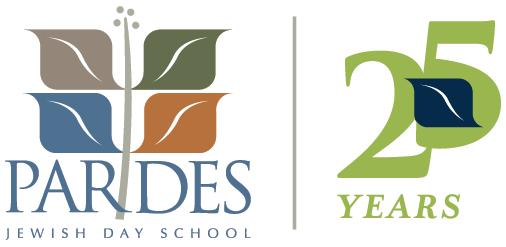
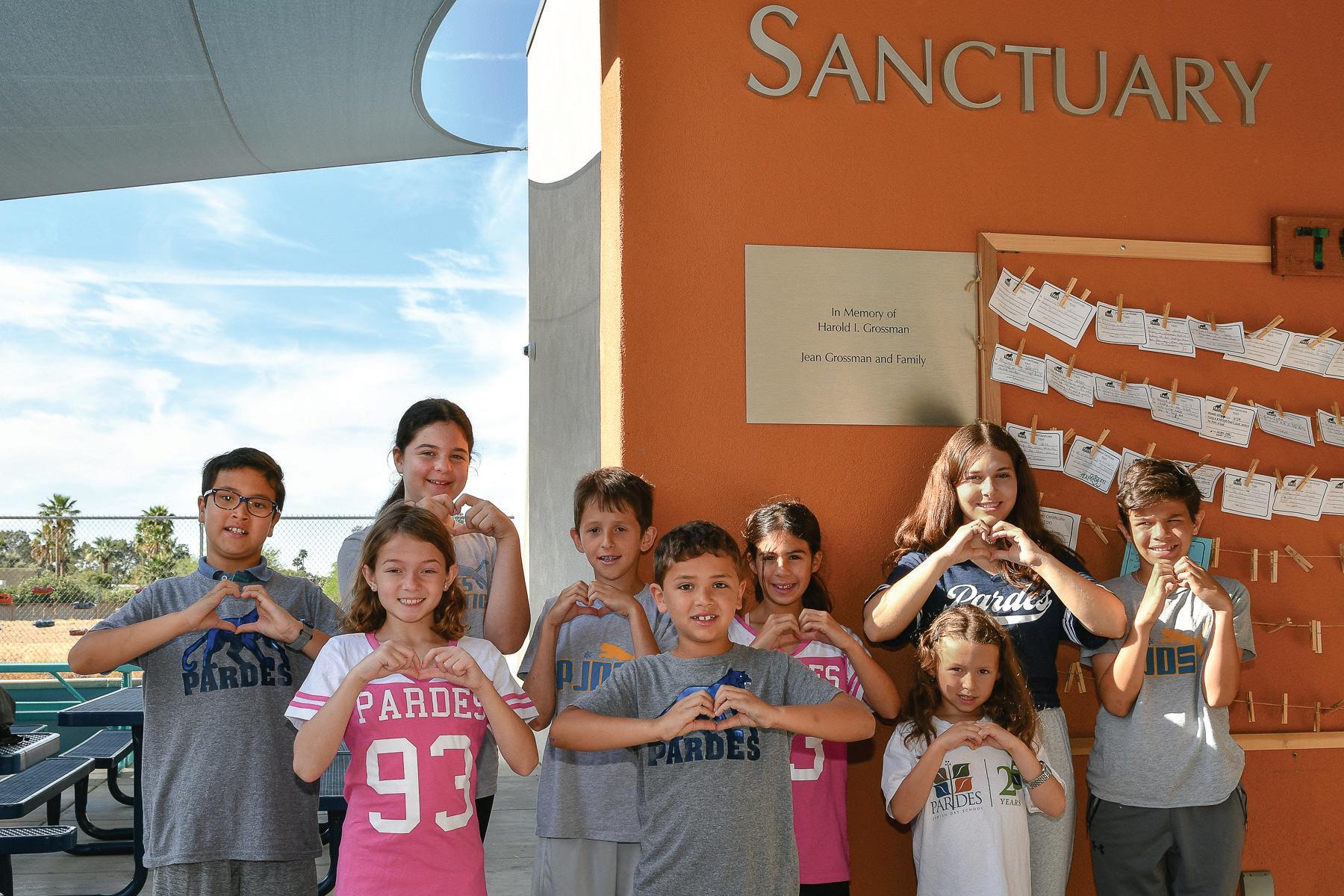
We extend our deepest condolences to the Grossman family. May Jean’s memory be for a blessing and may her family be comforted among the mourners of Zion and Jerusalem. Baruch Dayan Emet.
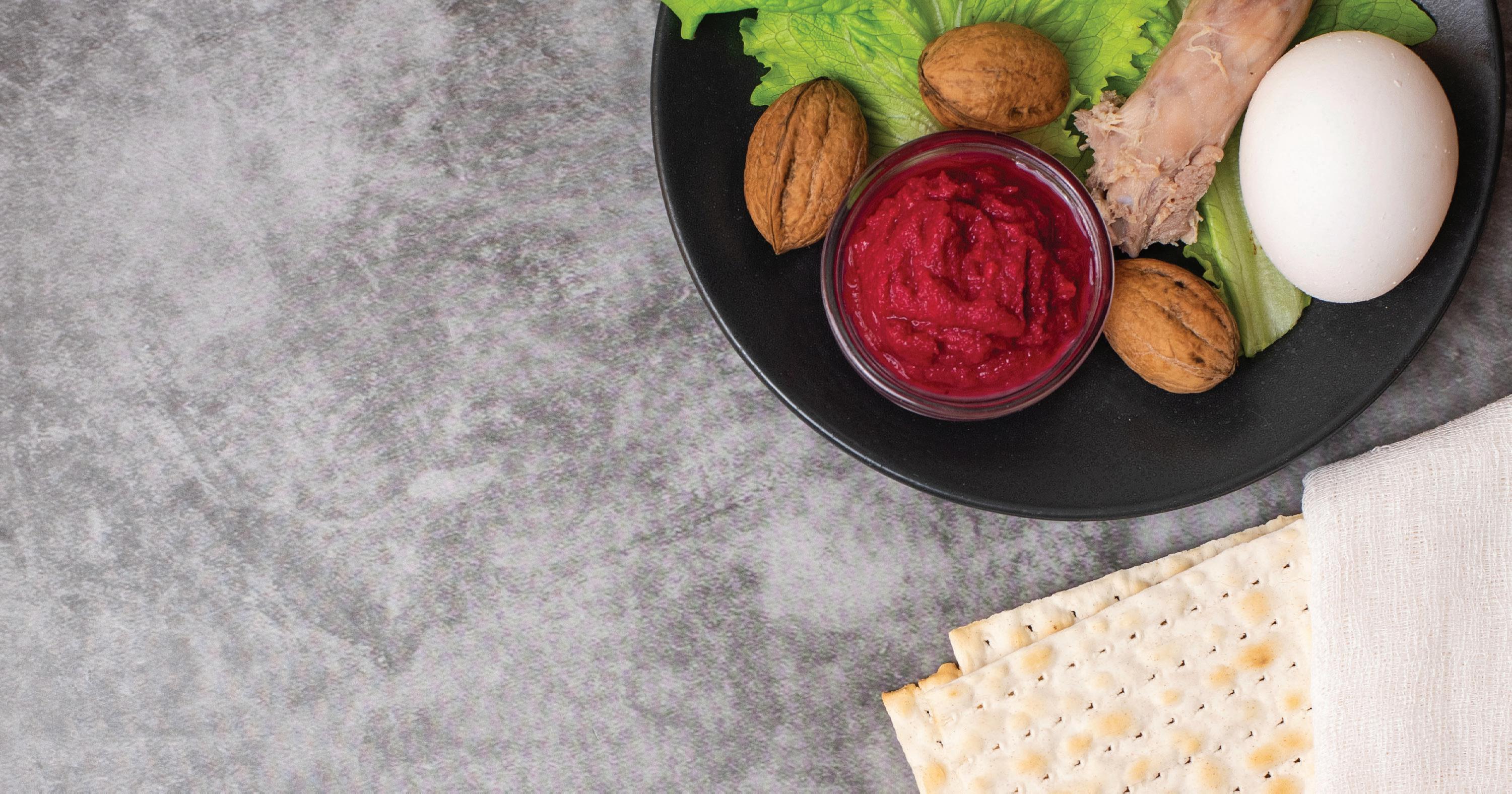
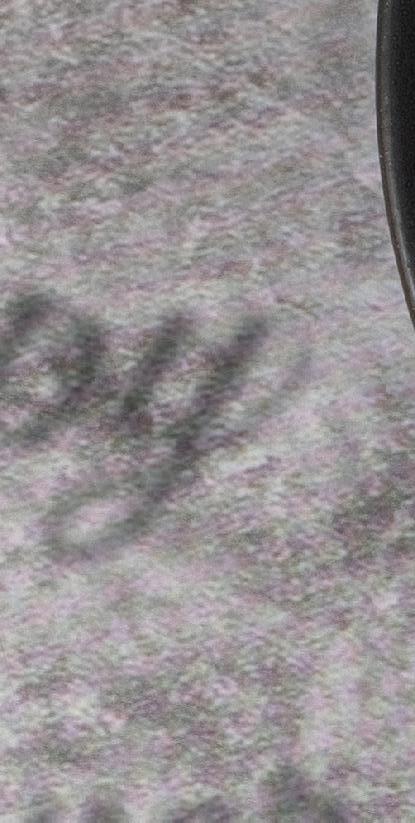
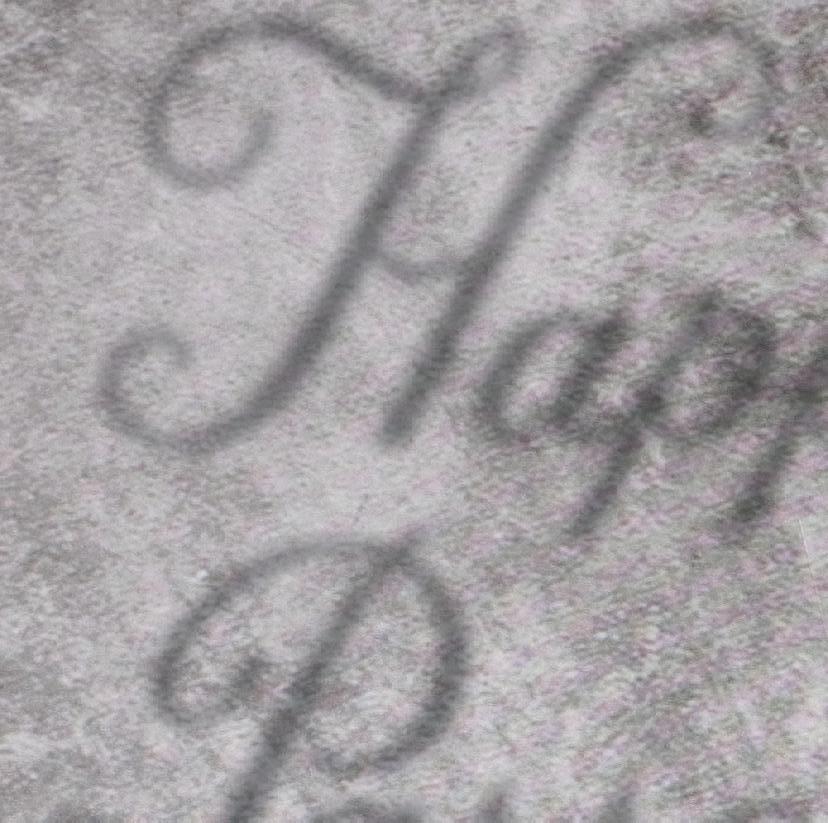
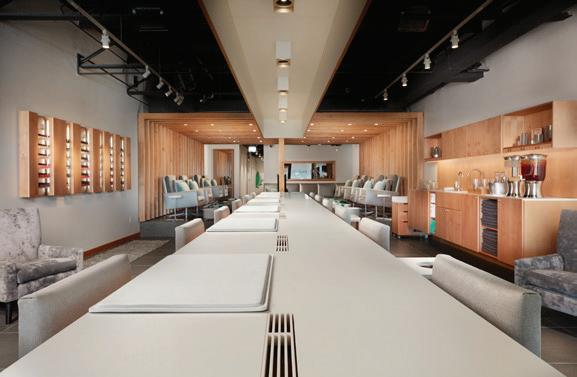

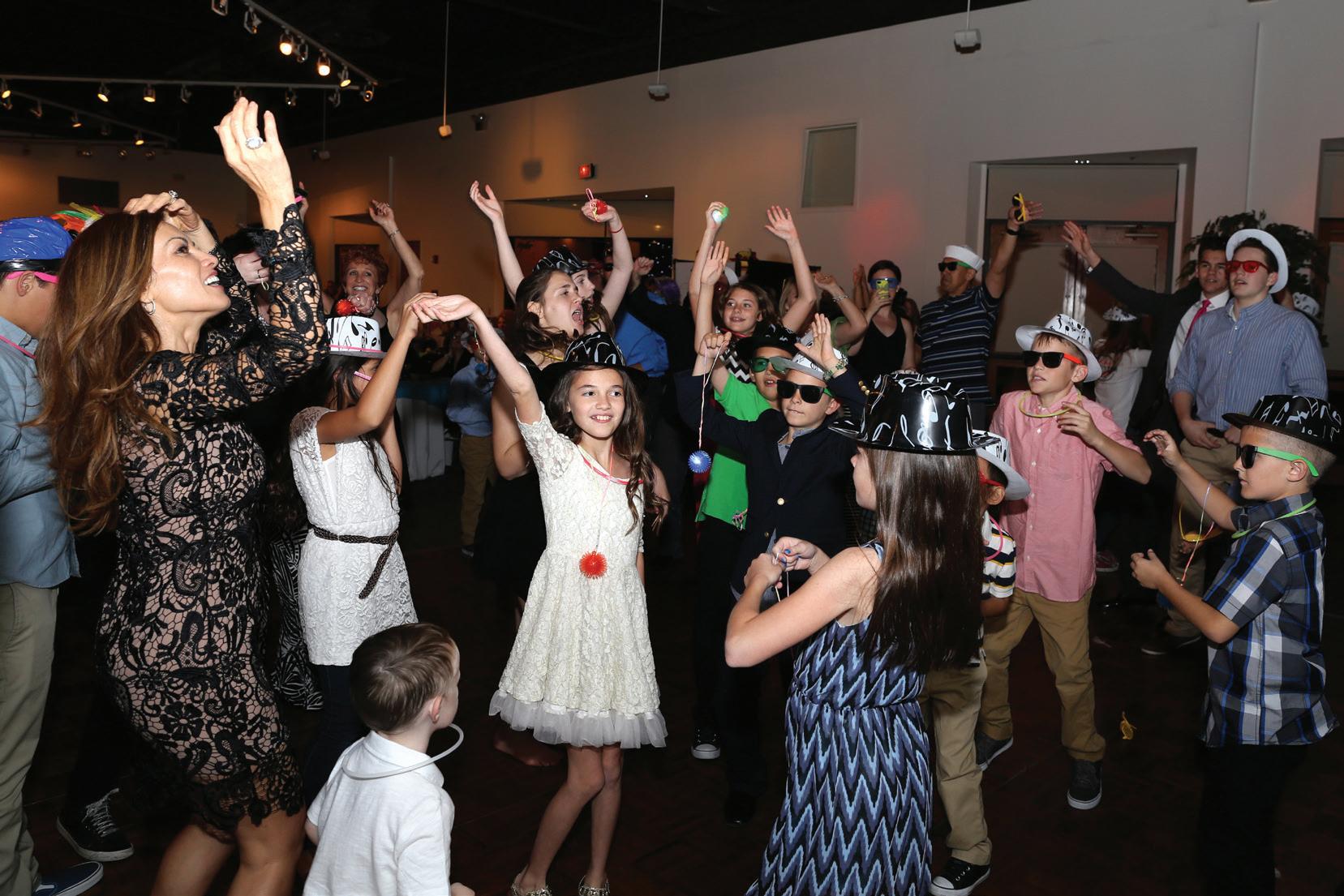
The invitations were sent. The table was set with “beagles” and lox. The cake, frosted with words that read “Muzzle Tov Sade,” was ready for feasting.
It was Sade’s bark mitzvah.
Matthew and Mindy Fingerman, a young couple living in Philadelphia, Pennsylvania, decided to throw a bark mitzvah for their dog, Sade, a 2-year-old terrier mix, in January. About 25 of their friends and family gathered at their home for the simcha
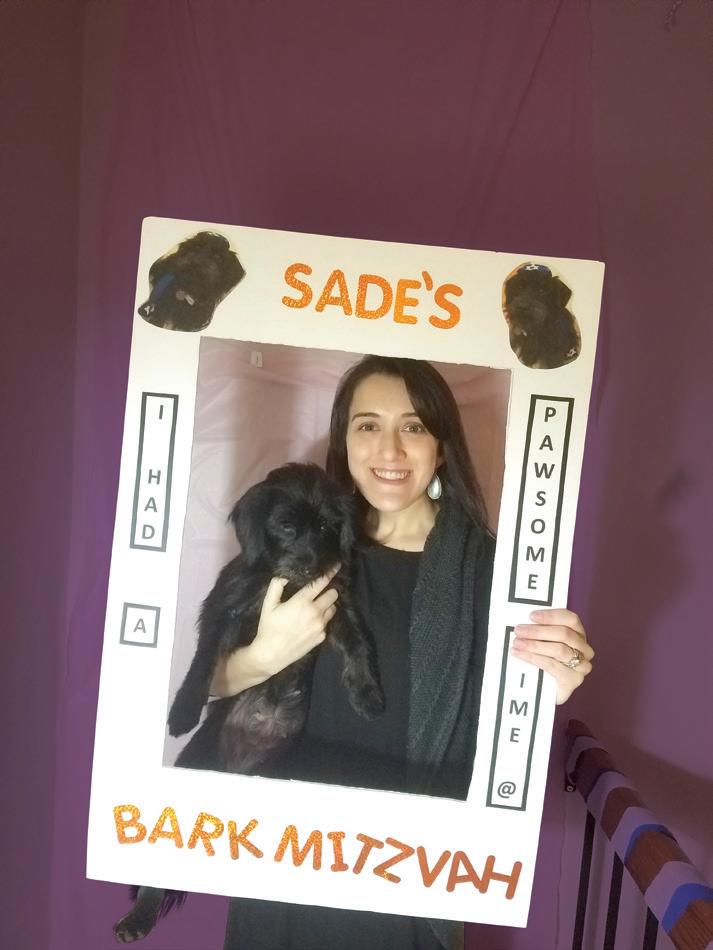
Bark mitzvahs aren’t new. The first recorded bark mitzvah took place in Beverly Hills (of course) in 1958 for a cocker spaniel named Windy. The celebration has been duplicated numerous times over the past six decades.
“When it started for us, it was just going to be a get-together under disguise,” Matthew Fingerman said. “We had so much fun creating activities for the kids and incorporating different foods and different puns.”
For the Fingermans, the bark mitzvah was also a way to raise money for MatchDog Rescue, the shelter from which they had adopted Sade, and to share their pride in some staples of Jewish culture with their friends, many of whom aren’t Jewish.
“My wife and I are pretty involved in the Jewish community here,” Matthew said. “We wanted to do something fun and lighthearted and also that would just give back and also incorporate [Sade] in the middle of our Jewish community.”
The couple had recently adopted the dog and were told she was about 2 years old, which the couple figured put her right around bark mitzvah age in dog years.
“We had a little bit of a creative license in all of that,” Matt Fingerman joked.

For the celebration, the Fingermans sent out elegant invitations they created through Vistaprint, and Matthew set up a Spotify playlist filled with b’nai mitzvah favorites, including Israeli pop music and Fiddler on the Roof. They also created a quiz where people could test how well they knew Sade, with questions about her fears (the dark), her favorite toy (a stuffed
turkey) and where she is from (Texas).
Then, at the end of it all, their guests could take home a party favor — a small bag filled with dog-themed cookies.
The guests loved it, Matt Fingerman said.
“It’s hilarious,” he said. “We’re in a house filled with Judaica from my family and [Mindy’s] family, and they know how much we take Judaism seriously in our home and how important it is.”
A few years ago, Judy Horowitz held a bark mitzvah for her grandson’s cavachon, Lizzie.
It was her grandson’s idea, Judy said. The grandson, Sam, lives in North Carolina and attends Jordan Lake School of the Arts, a school for students with special needs. After having his own bar mitzvah in May 2015, he wanted to have one for Lizzie, too.
Sam is on the autism spectrum, and attended Sunday school for years through Matan, which helps Jewish communities make accommodations for children with special needs.
“It was very meaningful for him, that he went through all of that and became a bar mitzvah and became a man,” said Dan Horowitz, Sam’s father. “Sam felt very strongly that Lizzie was a Jewish dog and that she should have a bark mitzvah.”
The family had never heard of a bark

mitzvah before. They thought Sam made it up.
“He wanted Lizzie to have the same kind of experience that he had,” Dan said. “Religion can sometimes be an abstract concept for a typical kid, but for someone on the autism spectrum, it’s a lot to work through. Going to Sunday school for all those years helped him, but he was exploring, ‘If I’m Jewish, who else is Jewish?’”
A year after Sam’s bar mitzvah, the family gathered at Dan’s aunt’s house, where her dogs could attend as well. Lizzie wore a kippah and an Eagles scarf instead of a tallit around her shoulders, Sam led a few blessings, and Judy shared

a few words from the program.
“Lizzie, may you be blessed in the name of God who created you and may you and Sam and Teresa enjoy your wonderful life together,” the program read. “Take care of each other. Amen.”

It was a happy, familiar affair, Judy said. Sam was was so pleased with how it turned out, he put on another bark mitzvah for someone else’s dog.
“It was meaningful for my son,” Dan said. “That’s why everybody was excited about it. I don’t think it was super meaningful to the dog.” JN
This article was originally published in the Jewish Exponent, a Jewish News-affiliated publication.




There was no question that the Danskys of Livingston, New Jersey, were going to have their children bar and bat mitzvahed. There was also no question of joining a synagogue to do so. “We’re not that religious,” explained Tracy Dansky, a mother of three.
So she and her husband did what a lot of their neighbors were doing: They hired a rabbi, had their daughters tutored in Hebrew and booked a private room for a joint ceremony at Lucky Strike, the Times Square bowling alley.
A few years later, with her youngest, Max, approaching bar mitzvah age, Dansky took it up a notch. She hired Ellen Paderson, a Massachusetts-based specialist in destination events, to arrange a beachside bar mitzvah for Max at an all-inclusive resort near Cancún, Mexico.
“It was a really great time,” said Dansky of the March 2018 event. Thirty-five friends and relatives joined for a five-day getaway that included a golf outing, a sunset catamaran cruise and Max’s ceremony, officiated by a retired rabbi.
Despite all this, “it cost less than doing a fancy party like people do here” in New Jersey, Dansky noted. “It was a more economical choice, and it lasted longer.”
The Danskys are part of a growing trend: b’nai mitzvahs that take place outside the traditional framework of synagogue
and Hebrew school. Rabbi Gidon Isaacs, the assistant rabbi at Temple Emanuel of Cherry Hill, New Jersey, calls the shift generational. Younger Americans “are not joiners,” he said. “They weren’t raised with membership as a value.”
The opt-out mitzvah can take many forms. Most families hire a rabbi or cantor for private or small-group tutoring, and to officiate. Six months to a year of weekly sessions is typical — though some children study for years, approximating the depth and breadth of Hebrew school. Venues are golf clubs, banquet halls, destination resorts and even private homes.

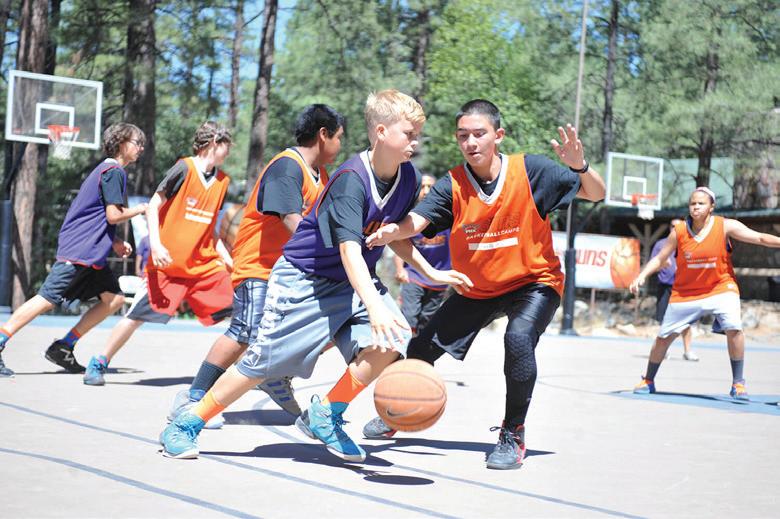
“People are getting more into doing it outside of a temple,” said Paderson, whose b’nai mitzvah business has exploded in the past 15 years. Like others who cater to DIY families, Paderson handles everyone from interfaith families to special-needs children who aren’t comfortable in Hebrew school.
All-inclusive Mexican resorts, cruises and Italy are favored destinations; Paderson works with local officiants as well as a cantor who tutors via Skype and flies where needed. The average family spends $3,000-$5,000 on the event, with an additional $2,000-$3,000 for the preparation and clergy.
Though the cost may be less than years
SEE DIY, PAGE 24

of synagogue dues and Hebrew school, money is not the motivator for most DIY families. More commonly, it’s the collision of twice-a-week Hebrew school with the myriad obligations of today’s hyperscheduled tween. Boredom with Hebrew school, and lack of connection to synagogue or organized religion, are other commonly cited factors.
Missy Gerber, a stay-at-home mother of three in Morristown, New Jersey, sent her kids to temple preschool and several years of Sunday school. “They hated it,” she said. “They only have two days off from school, and one of them, they’re back in the classroom.”
Then there was the tug of sports and other extracurriculars. The Gerber boys “kept missing things” with their friends, their mom recalled.
Yet once Danny, the oldest, hit middle school, “I thought: I still want him to have a bar mitzvah.” Gerber hired Cantor Scott Borsky to tutor Danny for a year before his 2016 bar mitzvah at a country club; she did the same for her middle son, Jack, who

had a backyard ceremony last year.
Many families, including the Gerbers, appreciate the privacy of a DIY event.
“If you have a normal synagogue bar mitzvah, there are hundreds of people in attendance, and that’s a lot of eyes on you, especially if you’re not super confident,” explained Gerber. Her sons’ affairs were fairly typical, with around 35 guests.


“It was a great experience, having all my family there,” said Danny. “And I felt I learned a lot.”
Learning is perhaps the most contentious variable of a DIY event; in the absence of a formal Hebrew school curriculum, it’s up to the family and the officiant to decide what Jewish education means. The private route is typically more abbreviated — but it’s also more personalized.

Some are troubled by a trend that chips away at the fabric of Jewish communal life, but Rabbi Julie Greenberg, who has shepherds kids through an alternative b’nai mitzvah program noted that today’s Jewish communities simply look different.
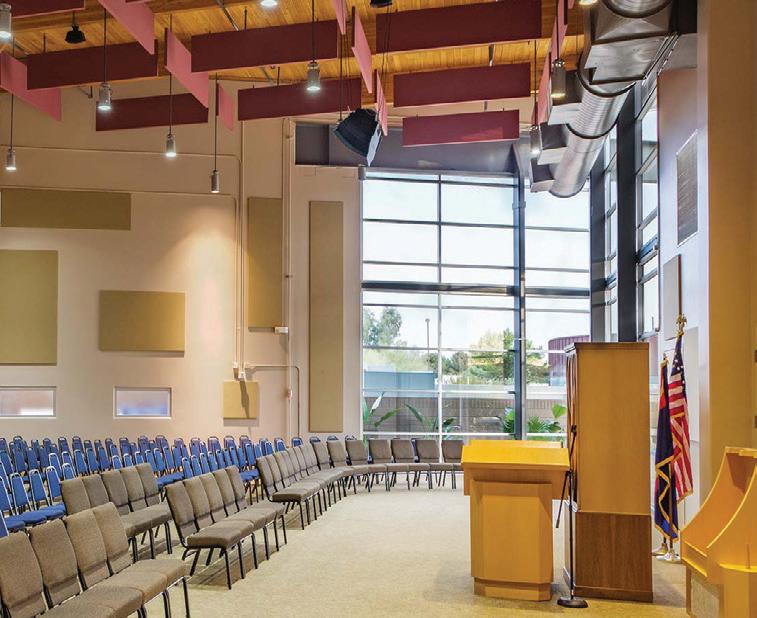
“One goal I have is to help kids become part of a community,” said Greenberg. She does this by creating a cohort of independent learners. At any given time, five to 15 youngsters attend a Sunday afternoon school at her home.
Many of her families aren’t interested in religious Judaism, “which is still the focus of most synagogues,” she added. “But they want Jewish literature, Jewish values, Jewish ideas, Jewish culture. My goal is they can step into a Jewish experience anywhere and feel some familiarity.”

Borsky makes an individualized prayer book for each of his students and guides them through a personal mitzvah project.
“It’s not just about learning the Shema, the Mi Chamocha,” he emphasized. “It’s about becoming a son or daughter of the commandments.”
This year, Borsky will officiate at his 2,100th DIY mitzvah. He left his temple job nearly a decade ago to found the organization Synagogue Without Walls.
Missy Gerber, for one, is a satisfied customer.
“Cantor Scott really taught about the religion,” she said. “It wasn’t just like, ‘Here, memorize this thing that has no meaning to you.’” The DIY approach, Gerber added, “really helped my sons get in touch with their Judaism.” JN

As American business enters the 21st century, old methods are being replaced with the new. Nowhere is this more evident than in key employee and business owner compensation, and specifically in deferred compensation planning.
A deferred compensation plan (DC plan) allows an individual to defer a portion of current income, and the taxes due on it, until a future point in time — usually retirement.
Because it is a non-qualified plan, employers may select whomever they want to participate from their executive or management team. There are no contribution limits and no significant filing or reporting requirements.
On the negative side, contributions are not tax deductible until benefits are paid to participants and benefits may be taxable to participants when they have the right to receive them — not necessarily when they are actually paid.
DC plans come in many shapes and sizes. Choosing the right plan depends on a company’s goals and the selected participants’ goals. Let’s consider a few structures:
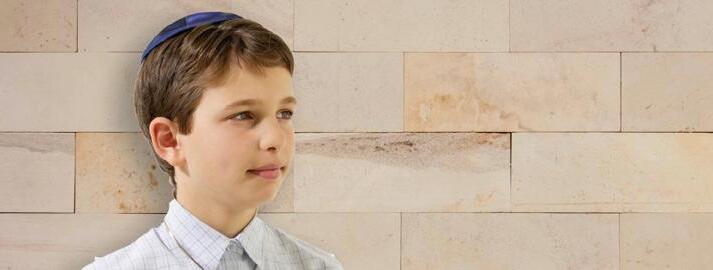
DC plans generally fall into one of two categories — “salary reduction” or “salary continuation.” Under a salary reduction plan, participants agree to defer a portion of their current salary (or bonus) to a future point, allowing them to postpone paying taxes on it until they are likely to be in a lower tax bracket.
Under a salary continuation plan, the employer agrees to provide participants with additional compensation above their regular salary, but defers payment until a later date.
When an employer chooses a salary continuation plan, another consideration is whether it should be a defined contribution plan, where the amount contributed on behalf of participants is established under the plan agreement, or a defined benefit plan, which specifies the amount each participant will collect at retirement.
Under a defined contribution plan, retirement benefits could vary depending upon the performance of the underlying funding vehicle(s). Under a defined benefit plan, the amount payable at retirement is guaranteed, but annual contributions may vary — making it difficult for an employer to work plan contributions into its annual budget.
Contributions to certain DC plans can be made by both the employer and participants. In such cases, participant contributions are generally matched by the employer in much the same way as a traditional 401(k). These kinds of DC plans are often referred to as 401(k) overlay or 401(k) mirror plans, and can be used in conjunction with, or in place of, a traditional 401(k) plan. When used in conjunction with a 401(k), it can help equalize retirement benefits for highly compensated key employees who, because of government regulated funding limitations, would otherwise receive a lower percentage of wages at retirement than lower-paid counterparts.
Once the determination has been made as to which type of DC plan is best, the big question becomes how to fund it.
Some employers choose to pay the agreed upon benefits out of company cash flow and hope that it will be adequate when benefits come due. Others use securities such as stocks, bonds and other investment options to finance their plan.
Unfortunately, unforeseeable market fluctuations can leave these types of plans underfunded when benefit payments are scheduled to begin. Another disadvantage is that investment gains are taxable when realized, which can burden an employer’s bottom line.
To address that, many employers turn to company-owned life insurance (COLI) to fund their DC plans. Under COLI, the employer buys a cash value life insurance policy on each participant, and is the owner, premium payer and beneficiary on each policy. Salary deferrals and/or company contributions are used to pay the policy premiums. Policy cash values grow
income tax-deferred and, at retirement, can be accessed via loans or withdrawals to pay plan benefits. Withdrawals and outstanding loans will reduce the policy’s cash value and death benefit.
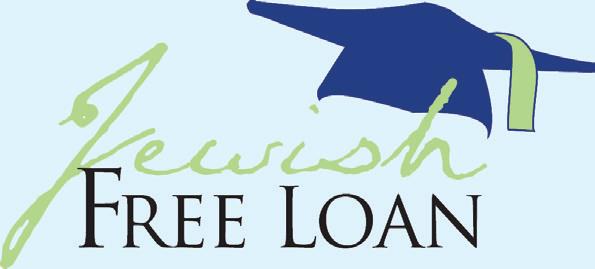
If a participant dies prior to retirement, the plan can provide for a death benefit to be paid to a beneficiary. And policy riders can be added to provide disability benefits if disability is a benefit trigger.
Using life insurance as funding can also allow an employer to recover the plan cost through the receipt of death proceeds, and contractually guaranteed cash values can ensure that the funds required to pay benefits will be there when needed.


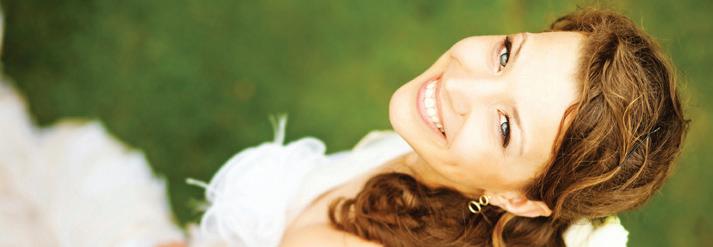
Under a COLI arrangement, the employer can change who is insured; it can pay benefits from either policy death benefits or policy cash values; premium, interest and expense guarantees allow the employer to develop a long-term financing plan; and buying as a group often allows for favorable underwriting considerations.

There are four steps to establishing a DC plan. First choose the employees who will be included in the plan, the benefits which will be paid out and the triggers that will initiate benefits payment. Step two is deciding where the salary deferrals will come from. Step three is the funding vehicle — and if life insurance, the purchase of a cash value life insurance policy on each participant. Step four is the payment of benefits following a trigger event.
DC plan benefit payments become a tax deduction to the employer and are taxed as ordinary income to the participant or beneficiary. If properly structured, at the participant’s death, a portion of the life insurance proceeds can be used to reimburse the employer for premiums and/or benefits paid. It’s that simple.
If you’re looking for ways to reduce current income taxes and supplement future retirement income — or to attract, motivate and retain high-quality employees — a DC plan may be what you need. JN
Q: What is all the hype about Opportunity Zone Funds? Is the tax savings really that compelling?
A: Many have stated this program represents the greatest tax reduction opportunity of our generation. When modeled against a standard investment using the same underlying rate of return and time assumption, an opportunity zone investment produces more than 2x the net return on investment.
Q: Where did this tax reduction program come from?
Q: Who can I work with and how is my money invested?
A: While the recent buzz surrounding Opportunity Zones have spurred plans for many new Funds, there are few qualified funds open, available for investment and ready for you to take advantage of.
One option is the Caliber Tax Advantaged Opportunity Zone Fund, LP which opened in 2018 and has begun investing directly into a diversified portfolio of real estate assets in qualified zones throughout the Southwest growth markets. You can learn more about the fund at opportunity.caliberco.com
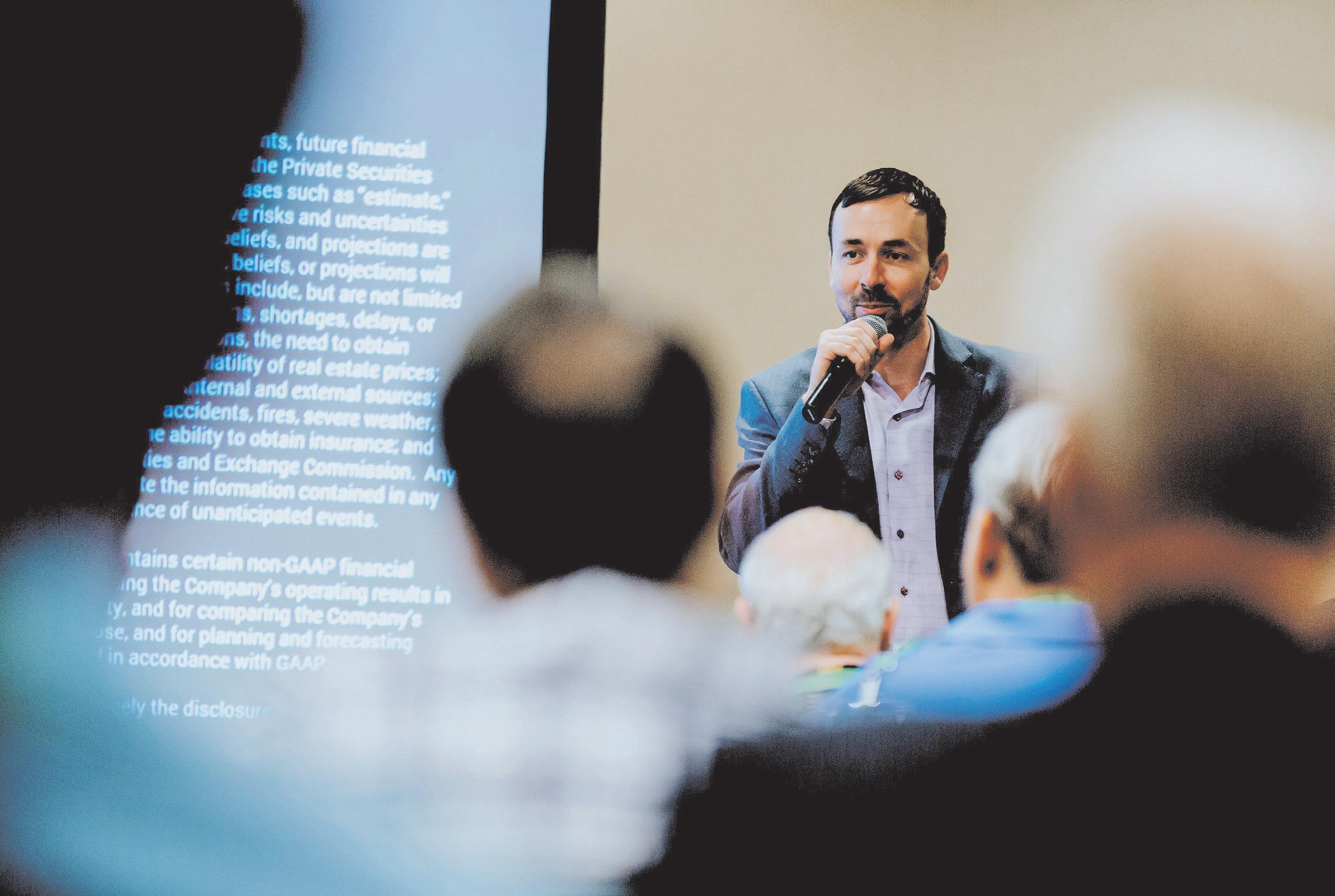
Headquartered in Scottsdale, Arizona, Caliber - The Wealth Development Company is a full-service real estate investment company specializing in commercial, residential, multi-family, self-storage and hospitality properties.

Since its inception in 2010, Caliber has more than $225 million in invested equity across the southwest with more than $375 million of assets under management. Caliber’s investment cycle is managed 100 percent in-house through its five business units: Investment, Construction & Development, Property Management, Brokerage and Hospitality. Operating under the principles of integrity, responsibility, discipline and transparency, Caliber provides its more than 400 accredited investors with well-managed, diverse, asset-based investment strategies.
A: Opportunity Zones were enacted as part of the Tax Cuts and Jobs Act passed on December 22, 2017. The driving force behind the tax code changes was to incentivize economic growth in designated communities where new real estate and businesses can thrive.
Q: Is any taxable capital gain eligible for the program?
A: Short and long-term capital gains derived from any source –sale of a business, a real estate asset, stocks you own, etc. – are eligible for the program benefits. Investors who “wait and see” on this program will miss out, as the gains must be invested within 180 days of being realized to qualify.
Keep in mind real estate investment requires the right team, an operating history, and a track record of success.
Q: Are there options for my other forms of capital?
A: Yes! Caliber has become a leader in real estate private equity investment in Arizona and can help you find the right options to grow your wealth or generate stable income from your capital. Give us a call at 480-295-7600 or connect with us on our website to setup a conversation with the Caliber team.


Yesterday, while I was shopping in one of my favorite department stores, Dorothy the cashier and I began talking about simple things that make people happy. Her eyes lit up and she said, “I bought myself a wonderful gift when I was on my lunch break today. I stopped at one of the mall accessory stores and bought a dish towel. When I saw it, I knew I had to have it. It’s black-and-white check and has purple grapes on it. It reminded me of something beautiful.”
She went on to say that after she cleaned her kitchen that evening, she would hang the towel on her dishwasher handle and look at it and smile.

Dorothy’s story made me think about all the things I have in my home that make me feel good. I surround myself
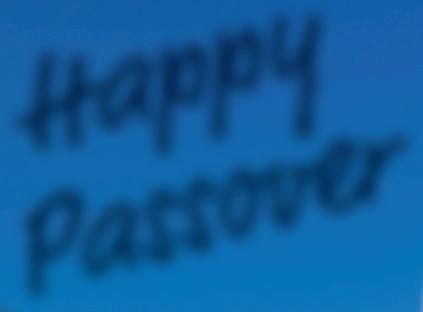
with pieces that express who I am. Even though I tell clients to only purchase items for specific places and don’t clutter your home or office, I don’t always follow my own advice. I find myself buying things that speak to me. It may be the color, texture, style, shape, function or just that je ne sais pas (I don’t know what it is, but I have to have it).
How have you surrounded yourself? Are the things in your personal space pieces that you chose and placed there because they give you a feeling of your individuality, identity and taste?
This week, one of my clients — a successful bachelor in his early 50s — finally discovered his style. We met when I designed his first office. When

"Best Rates In The Valley" Five Star Rated Driving School.
he was married, he lived in a home that was country French. After a divorce, he moved into a space that was more Southwest and soft and traditional. Now he has a new home, and I’m working with him for the fourth time.


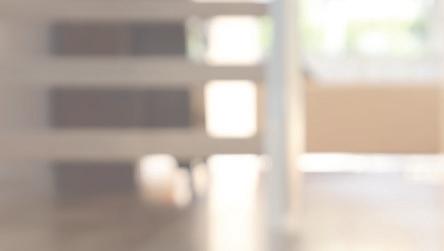

During this time of transformation


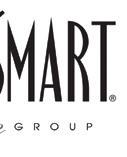
with confidence and make some choices on his own.
Trust is the missing ingredient for most people. You have to feel the power when making decisions about what to purchase for your home. We are not born knowing our taste. You must get to know who you are and what you are attracted to. The only way to do this is by exploration —
ARE THE THINGS IN YOUR PERSONAL SPACE PIECES THAT YOU CHOSE AND PLACED THERE BECAUSE THEY GIVE YOU A FEELING OF YOUR INDIVIDUALITY, IDENTITY AND TASTE?
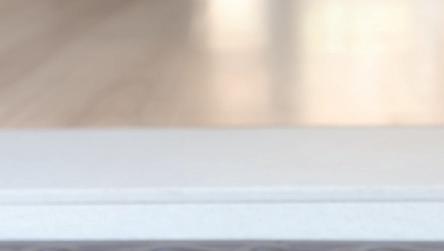


ADL Arizona mourns the passing of Jean Grossman, a kind and community-minded individual who impacted many organizations and causes including ADL. May her memory be a blessing for her family. Jean's legacy will be felt by many for years to come--who are the beneficiaries of her generous philanthropy.
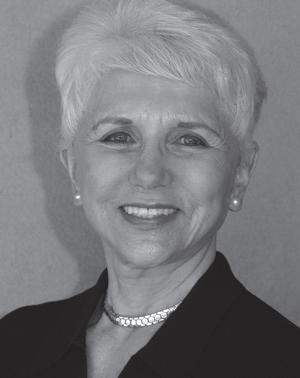
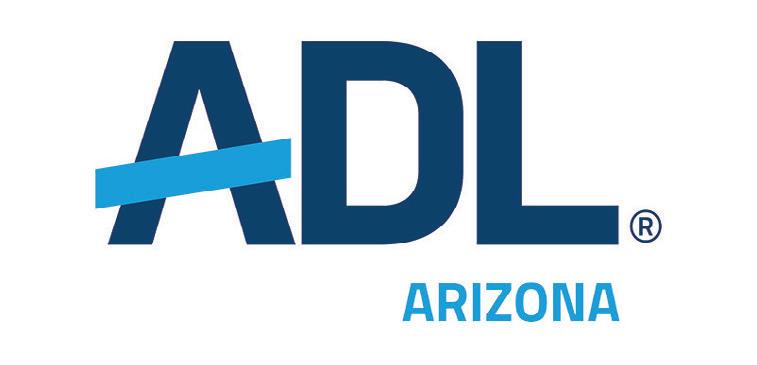


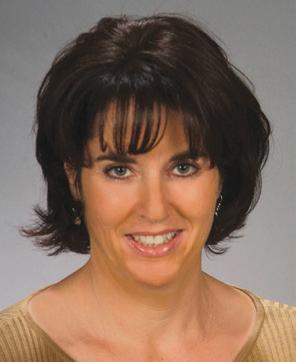
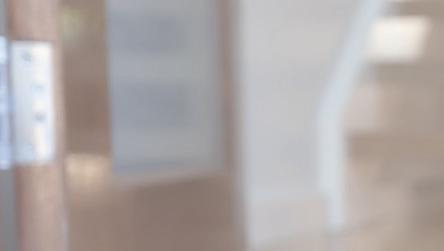
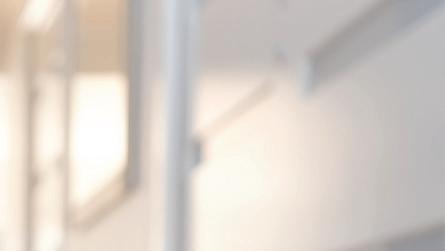
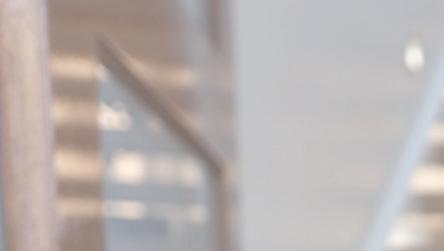
for him, I felt I could offer a different look. After seeing the possibilities, he made the decision to decorate in a very contemporary style. This included sleek black and red leather upholstery with chrome tables and contemporary art. After I pointed it out, he realized he was drawn to square shapes. These are the items he selected: Square leather pillows that were covered in a basket-weave design; a rug design that had squares; a piece of art that was a collage of colored, textured squares; and angular furniture.
He loved his new discovery. More importantly, he felt empowered to go out
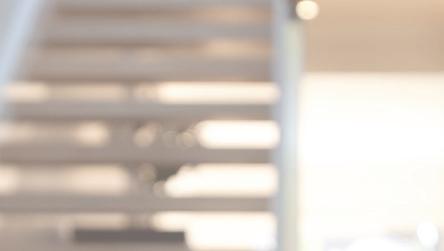
trial and error. Fear of making a mistake robs us of having an environment that represents our authentic selves. It’s important to expose yourself to ideas and try one new thing.
Probably the most thrilling part of my work is to see people discover themselves and express themselves fearlessly. Learning that the rooms don’t care how you decorate them is freeing. Rooms have no feelings, you do! JN

Kids Night Out: 6-10 p.m., Valley of the Sun JCC, 12701 N. Scottsdale Road, Scottsdale. Parents can enjoy a night out while kids grades K-4 get movin’ at a dance and sports party complete with contests and prizes. Members: $15; guests $25. $5 more after 5 p.m. on April 22. Includes dinner, snacks, movie. The last few KNOs have sold out, so register today: vosjcc.org/sportsgalore
Tween Night Out: 6-10 p.m., Valley of the Sun JCC, 12701 N. Scottsdale Road, Scottsdale. Tweens take on Stratum, a two-story, 13,000-square-foot arena featuring barriers and ramps for tons of laser tag fun. Members: $35; guests: $45. $5 more after 5 p.m. on April 22. Includes transportation, entry, dinner and all the fun. Register at vosjcc.org/ stratum
Memory Cafe presents All that Jazz with Wallace and Lewis: 10-11:30 a.m., Beth El Congregation, 1118 W. Glendale Ave., Phoenix. As musicians specializing in interactive music workshops for those living with all stages of dementia and cognitive impairment, Wallace and Lewis have developed the Musical Memory Care Workshop (MMCW) that provides participants with consistency, love, empathy, respect and sincerity through music — the ingredients paramount for positive outcomes. Join in for an upbeat morning of music and fun. There is no charge to attend, but registration is required. The Café is open to people of all backgrounds. To register or for further information, e-mail Kathy.rood@ jfcsaz.org or call Kathy at 602-452-4627.
MONDAYS
Mahjong Mondays: 10 a.m.-12:30 p.m., East Valley JCC, 908 N. Alma School Road, Chandler. Every Monday except on Jewish or legal holidays. You are invited to come and play, no RSVP is necessary, just come. This free program is intended for players with prior experience. Be sure to bring your current mahjong card and a set if you have one.
WEDNESDAY MORNINGS
‘The News Desk’: 10-11:30 a.m., Valley of the Sun JCC, 12701 N. Scottsdale Road, Scottsdale. The class focuses on current events and is led by Dr. Michael Epner.
APRIL 23 & 30
Hope for Today: 3:30-4:30 p.m., Temple Chai, 4645 E. Marilyn Road, Phoenix. Spiritual program of recovery for those who suffer from the debilitating effects of chronic pain and chronic illness, based on the 12 Steps of AA. Contact: cpa-az@cox.net. No charge.
APRIL 19 & 22-26
Pardes Shemesh Spring Break Camp at The J: 9 a.m.-3 p.m., Valley of the Sun JCC, 12701 N. Scottsdale Road, Scottsdale. No school, no worries. There are fun-filled days of STEM activities, sports, swimming, arts, games, weekly field trips and more. Grades K-4. For pricing and additional information, visit vosjcc.org/pardesspringbreak.
TUESDAY, APRIL 23
Terrific Tuesdays: 10-11:30 a.m., East Valley JCC, 908 N. Alma School Road, Chandler. Ages 55-plus. Speaker: Sandra Bernoff. Topic: The Yiddish Book Center. Suggested donation: $4. 480-897-0588 or adrian@ evjcc.org
TUESDAY, APRIL 30
Terrific Tuesdays: 10-11:30 a.m., East Valley JCC, 908 N. Alma School Road, Chandler. Ages 55-plus. Speaker: Karen Nester. Topic: Bliss. Suggested donation: $4. 480-897-0588 or adrian@evjcc.org.
TUESDAY, MAY 14
‘Black and Jewish: Living As a Double Minority in Phoenix Today’: 7 p.m., private home near 56th St. and Camelback Road (address will be provided upon RSVP). Please join fellow young professionals in their 20s and 30s to hear the engaging, inspiring story of Andre Ivory, a dynamic Jewish educator who has been part of the Jewish community now for 20 years. Then stay for dessert and socializing in this beautiful setting at the base of Camelback Mountain. Presented by the Shabbat Dinner Club. Suggested
FRIDAY, MAY 17
Motown Shabbat: 6 p.m., Temple Emanuel of Tempe 5801 S. Rural Rd, Tempe. Service with Shabbat prayers set to Motown tunes. Our Band, the Shabbatones and our Cantorial Solist, Suzanne Guinane will provide the songs/prayers All are welcome. No RSVP required.
SATURDAY, MAY 18
Ru’ah Tefilah: 9:35 a.m., Congregation Or Tzion, 16415 N. 90th St., Scottsdale. Join Cantor Rubinstein for a 30-minute learning minyan, during which we will review the structure and choreography of Shabbat morning worship.
FRIDAY, MAY 31
Musical Shabbat: Congregation Or Tzion, 16415 N. 90th St., Scottsdale. Join us for Or Tzion’s inspiring Shabbat in the Round! This unique service features our very own musicians on a variety of instruments, singing harmonies and adding depth and kavanah to our Friday night worship.
THURSDAY, APRIL 18
donation: $10. RSVP by Fri., May 10, to Randi at randijablin@gmail.com
FRIDAY, MAY 17
Phoenix Women’s Commission Annual Forum: all day, South Mountain Community College, 7050 S. 24th St, Phoenix. The Phoenix Women’s Commission is excited to announce the 2019 Women Empowering Women Annual Forum. Eventbrite registration will open soon.
FIRST SATURDAY OF EACH MONTH
Kavana Café: 8:45 a.m., Congregation Or Tzion, 16415 N. 90th St., Scottsdale. This is an informal opportunity to learn with Rabbi Caplan prior to Saturday-morning services. A light breakfast will be served.
EVERY SATURDAY
Torah Express: Noon, Congregation Or Tzion, 16415 N. 90th St., Scottsdale. On Shabbat mornings, during the congregation’s Kiddush lunch, join Rabbi Caplan and other Jewish professionals and teachers from THE community for an in-depth study of the Torah portion of the week.
SATURDAY, APRIL 27
Traditional Minyan: 9:30 a.m., Congregation Or Tzion, 16415 N. 90th St., Scottsdale. Rabbi Crane will lead a traditional Shabbat morning service, with full p’sukei d’zimra, Amidah with repetition and Torah study.
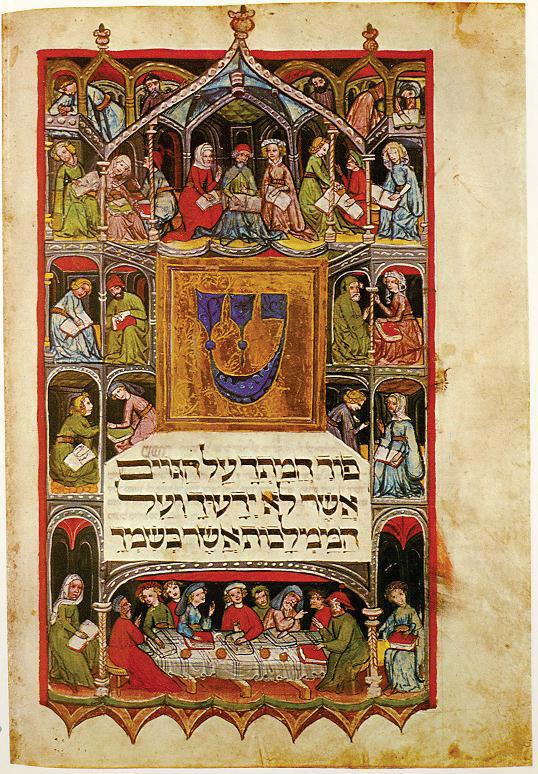
Mature Mavens Dinner: 5 p.m., Valley of the Sun JCC, 12701 N. Scottsdale Road, Scottsdale. Make new friends as you meet for dinner and socialize. Dinner is separate checks. Contact Bunnye at 602.371.3744 for the current schedule of restaurants and to reserve your place.
APRIL 30
Knitting Circle at The J: 1:30 p.m., Valley of the Sun JCC, 12701 N. Scottsdale Road, Scottsdale. Share the pleasure of knitting and crocheting. Help others with projects and patterns. Can’t knit? The knitting circle will teach you. No reservations required. For more information, contact Harriet at 480.481.7033 or harrietc@vosjcc.org.
THROUGH SEPT. 11
‘We Remember: The Liberators’: Cutler Plotkin Jewish Heritage Center, 122 E. Culver St., Phoenix. This project of the Arizona Jewish Historical Society showcases the stories of 10 World War II Liberators via artifacts, primary sources, documentation, photographs and biographical information. It will also feature the work of Arizona artist Robert Sutz, whose collection contains 500-plus life masks, portraits and paintings depicting the brutal atrocities committed by Nazi Germany during World War II.
FRIDAY, MAY 3
“The Last” Film Premiere: 7 p.m., Harkins Shea 14, 7354 E. Shea Blvd, Scottsdale. The survivors of four generations of a Jewish family are rocked to their core when the family’s 92-year-old matriarch makes a stunning confession. The film stars Rebecca Schull and is directed by Jeff Lipsky. JN
Temple Chai seventh-graders meet with children’s book author and artist Dede Harris, a child survivor of the Holocaust, on Sunday, March 31, as she reads her book “The Children’s Tree of Terezin.” The book tells the story of children and their teacher finding beauty and hope in a world turned upside down.

Bureau of Jewish Education Director of Family Education Linda Feldman gives matzah-making lessons for Passover at the Valley of the Sun JCC on Wednesday, April 10.
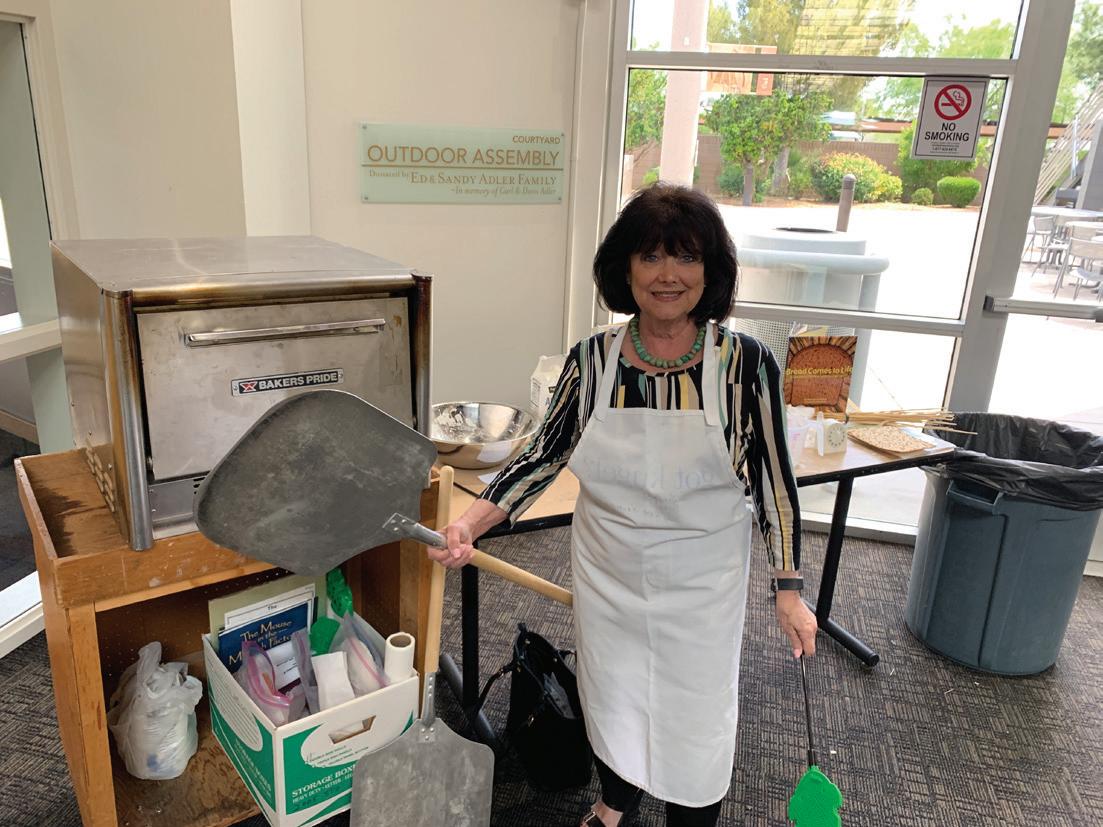

Cantor Baruch Koritan, left, and Dr. Joyce Durbin-Gold, right, of Temple Beth Shalom, Sun Cities, hold a copy of the Jewish News at the Argentina-Chile border on Tuesday, April 9. The border is approximately 11,500 feet above sea level.

Volunteer teens and adults prepare snack bags for ICM Clothing & Food Bank with the Jewish Community Foundation’s B’nai Tzedek Youth Philanthropy Program on Sunday, April 7.
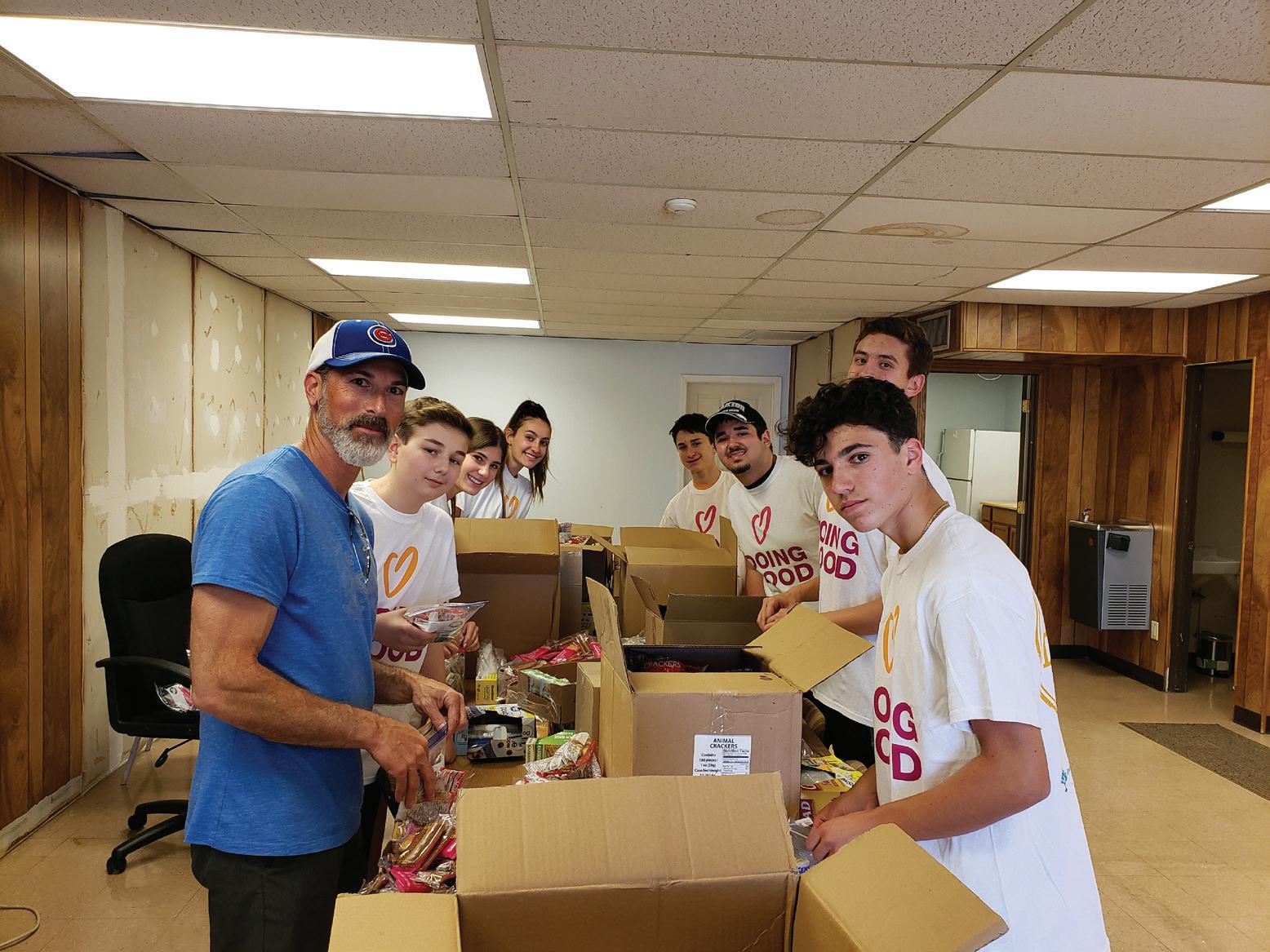
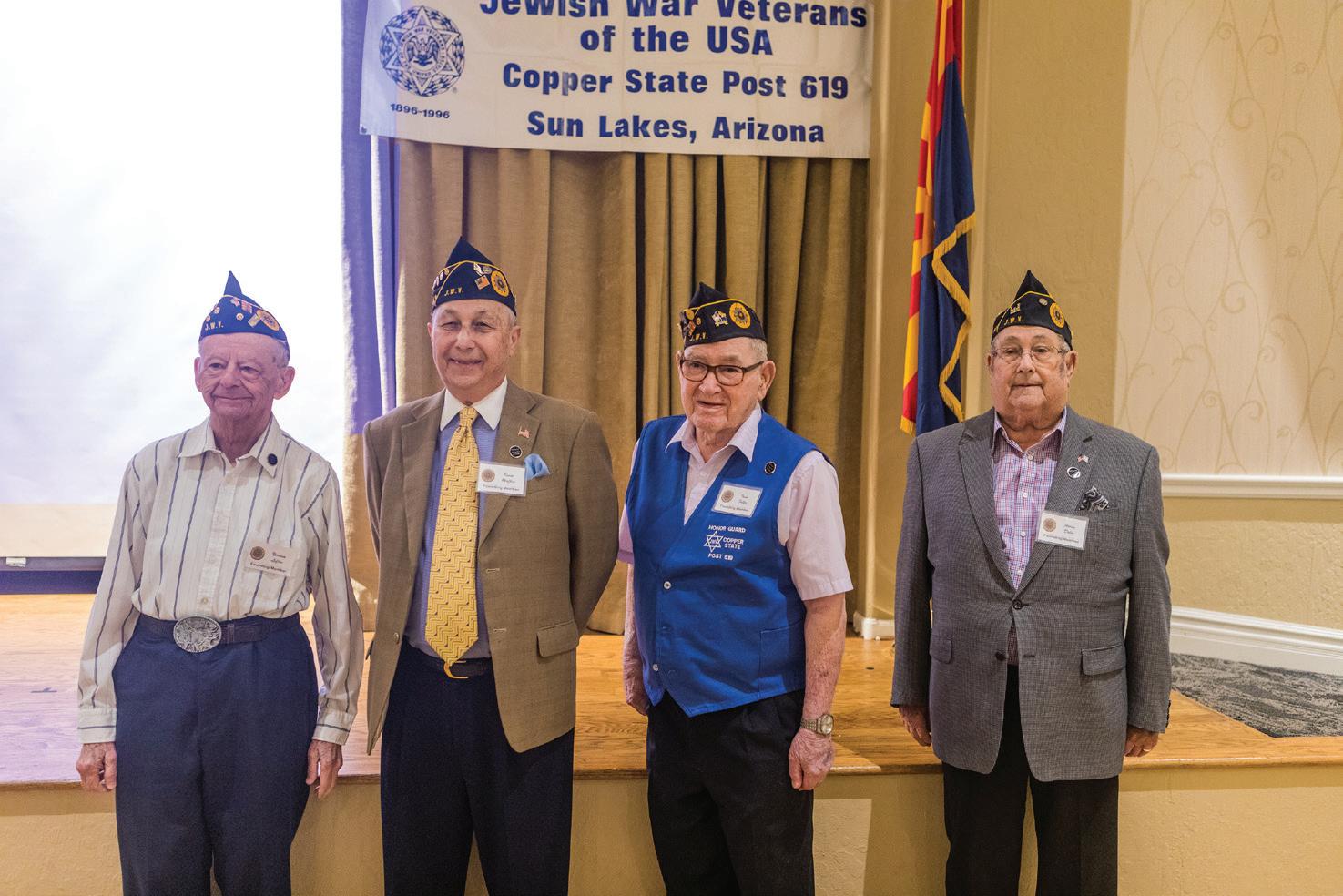
Benjamin Jordan Kravets will become a bar mitzvah on May 4, 2019, at 10:30 a.m. at Temple Chai. He is the son of Andrea and Dan Kravets of Phoenix.
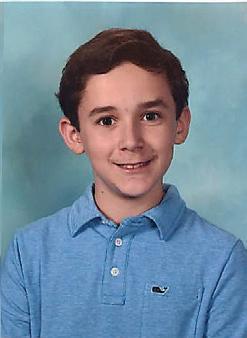
Grandparents are Howard and Wendy Malley of Scottsdale and Alan and Marybeth Kravets of Chicago, Illinois.


For his mitzvah project, Benjamin chose to remember a child victim of the Holocaust and perform mitzvot in his memory through Remember Us, the Holocaust B’nai Mitzvah Project.
Benjamin is a student at Pardes Jewish Day School and enjoys skiing, moutain biking and technology.
Dr. Harold Nathan Sheinkopf of Glendale died Thursday, April 11, 2019, at the age of 80.

Sheinkopf, who was born in Brooklyn, New York, served in the Medical Corps of the U.S. Army and worked as an anesthesiologist and pain management specialist in his adopted home of Arizona.
He is survived by his wife, Dr. Shirley Sheinkopf; his daughters, Evelyn Jacobson (Jeffery), Cheryl Snow (David) and Lee Sheinkopf (Jeffrey Siedlik); brother David Sheinkopf; and seven grandchildren.
Services were held on April 12, 2019, at Beth El Cemetery and were officiated by Beth El Synagogue Cantor Jonathan Angres. Arrangements by Sinai Mortuary.
Leona Smith Fagelman, 101, passed away on April 13, 2019. Born March 4, 1918, in Pittsburgh, PA, Leona was one of eight children born to Nathan and Sadie Weisman. Leona moved to Phoenix in 1945, then El Paso, Texas, before returning to Scottsdale in 2002.

Leona and her husband, Jerry, were active in Beth El Congregation in its earliest days. Leona was fond of cards and excelled at bridge. She also enjoyed golf, politics, fashion and extensive travels, although her greatest love was her family.
Leona was preceded in death by Jerry Smith in 1987. She leaves behind two children: Sharyn Spillman and Barry Smith (Cindy Smith); five grandchildren: Adam Smith (Leigh Smith), Scott Smith (Andrea Smith) and Suzye Kleiner (David Kleiner), Justin Holdridge and Jared Holdridge (Jordanna Holdridge); and 10 great-grandchildren: Jacob Smith, Annie Smith, Jared Kleiner, Josh Kleiner, James Holdridge, Jack Holdridge, Jett Holdridge, Jolie Holdridge, Jorja Holdridge and Jesse Holdridge.
Leona was also preceded in death by Mac Fagelman in 2001, who she married in 1993. Together they combined two large families that brought them both a lot of happiness, including Mac’s children, Rita Silverman (John Silverman) and Lenny Fagelman, five grandchildren and 11 great-grandchildren.
Selling Below current market value !!! 2 Single plots in the highly desired Temple Chai Section. May be upgraded to a companion (burial for 2) space through the cemetery.
Judi Glass 602-448-4099
judi@mccabeworld.com

WITH CARD 6.99 Kedem Grape Juice Select Varieties, 64 fl oz


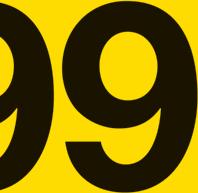

WITH CARD 6.99 Manischewitz Gefilte Fish 24 oz

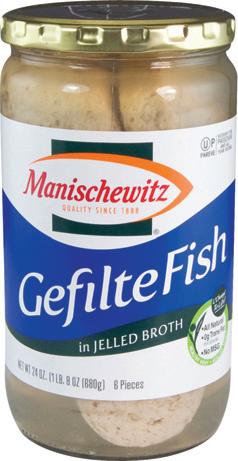

FIND THE THINGS YOU NEED FOR YOUR PASSOVER SEDER TABLE AT FRY’S. AVAILABLE IN SELECT STORES. Prices Effective Friday, April 19 through Tuesday, April 30, 2019.
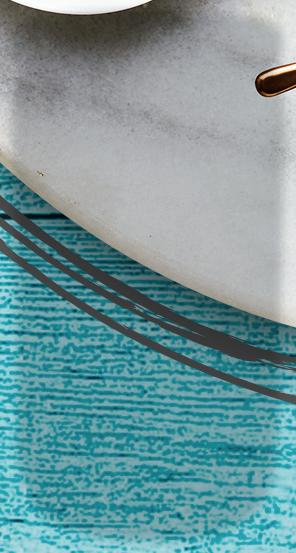
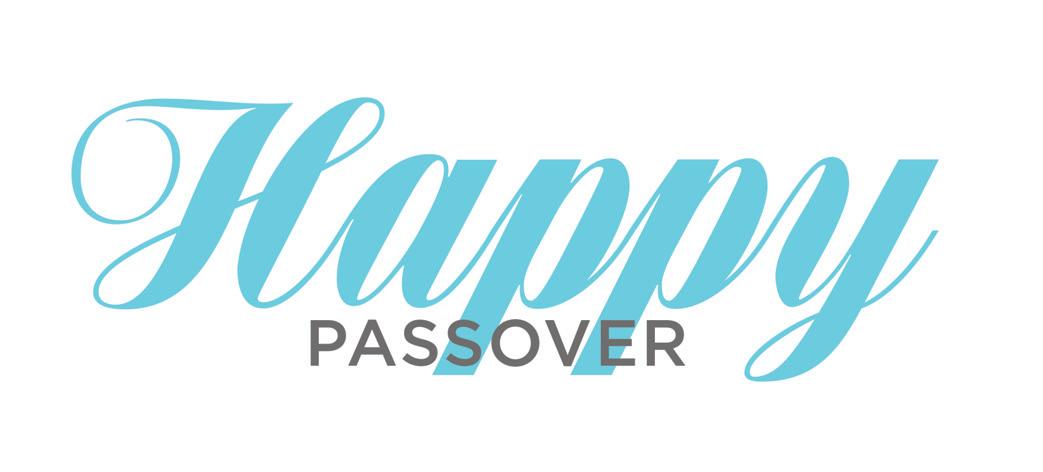

2.99 Manischewitz Matzo Ball & Soup Mix 4.5 oz



WITH CARD
